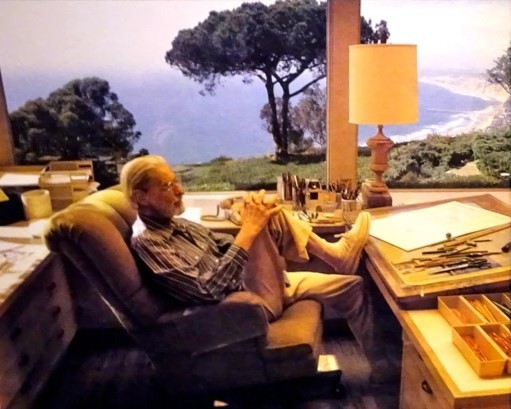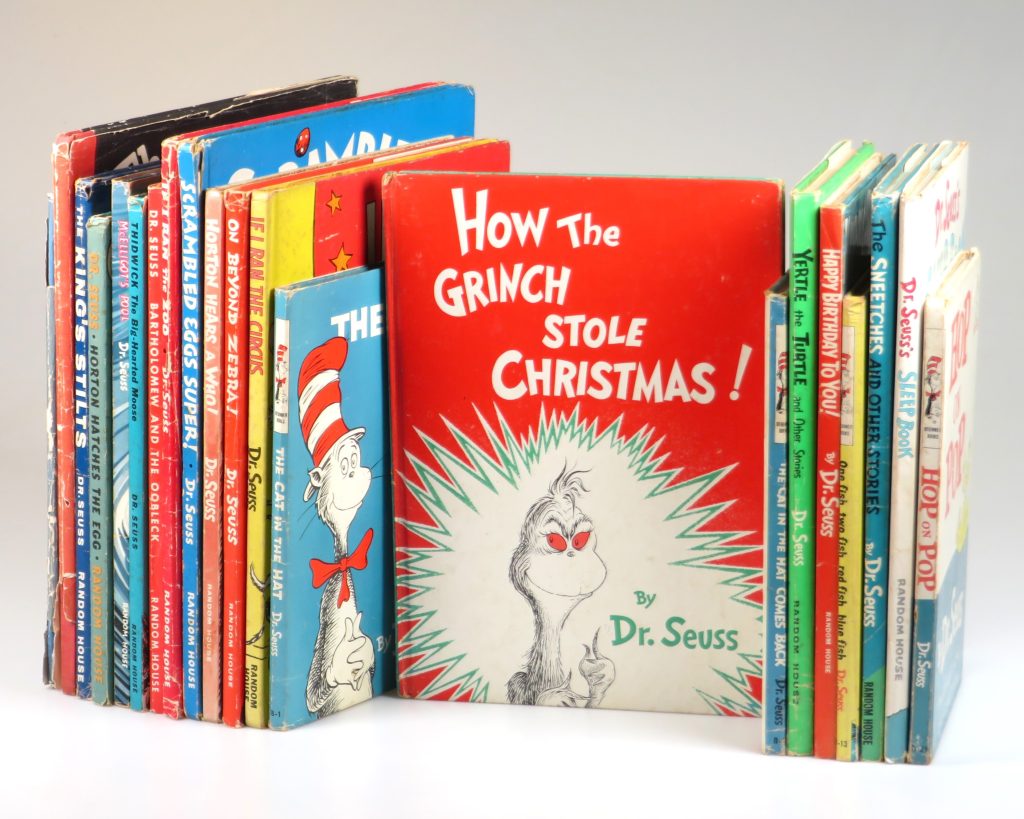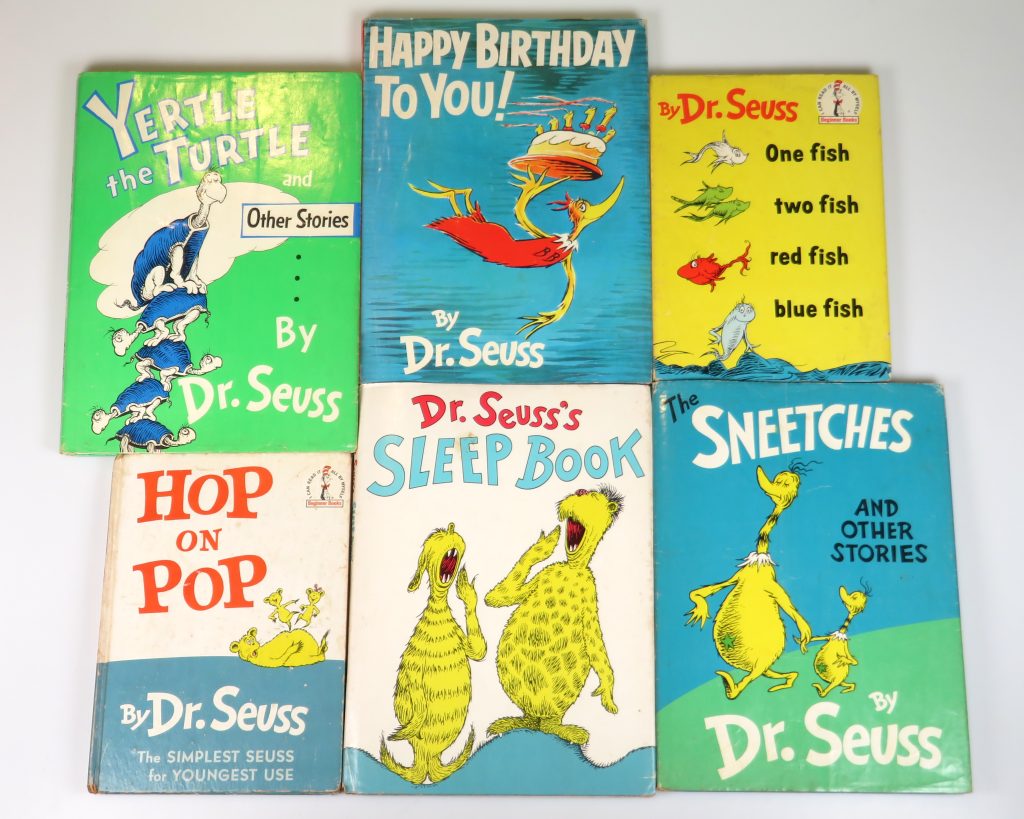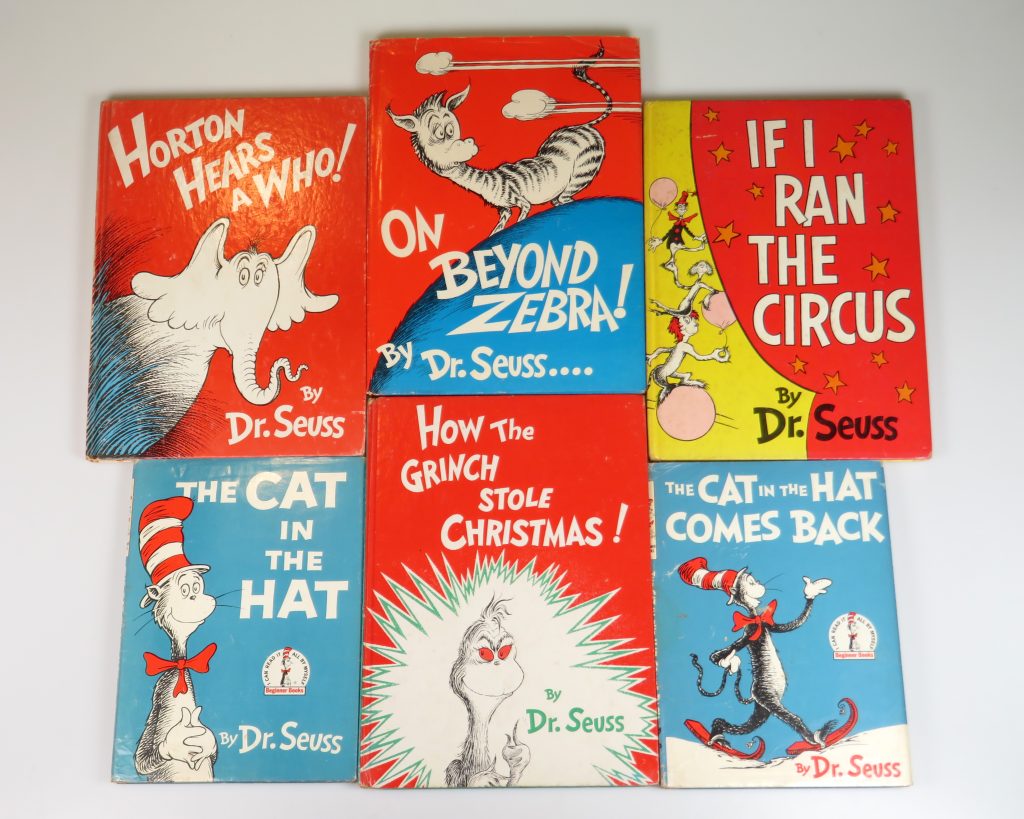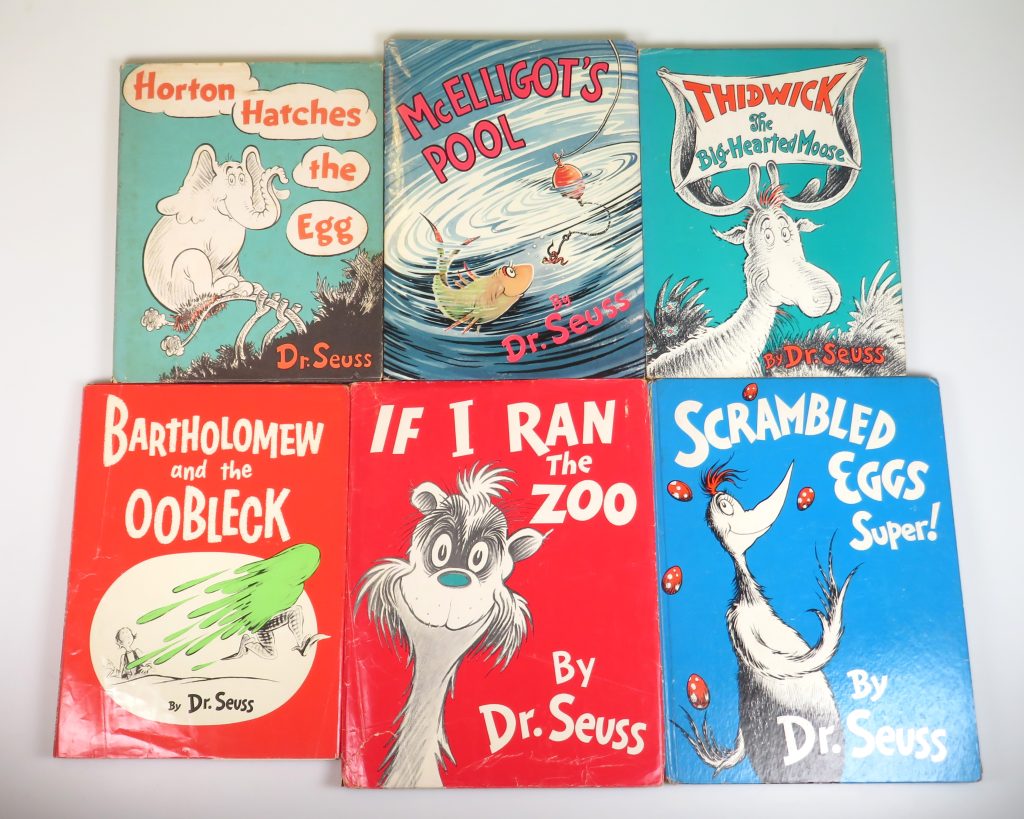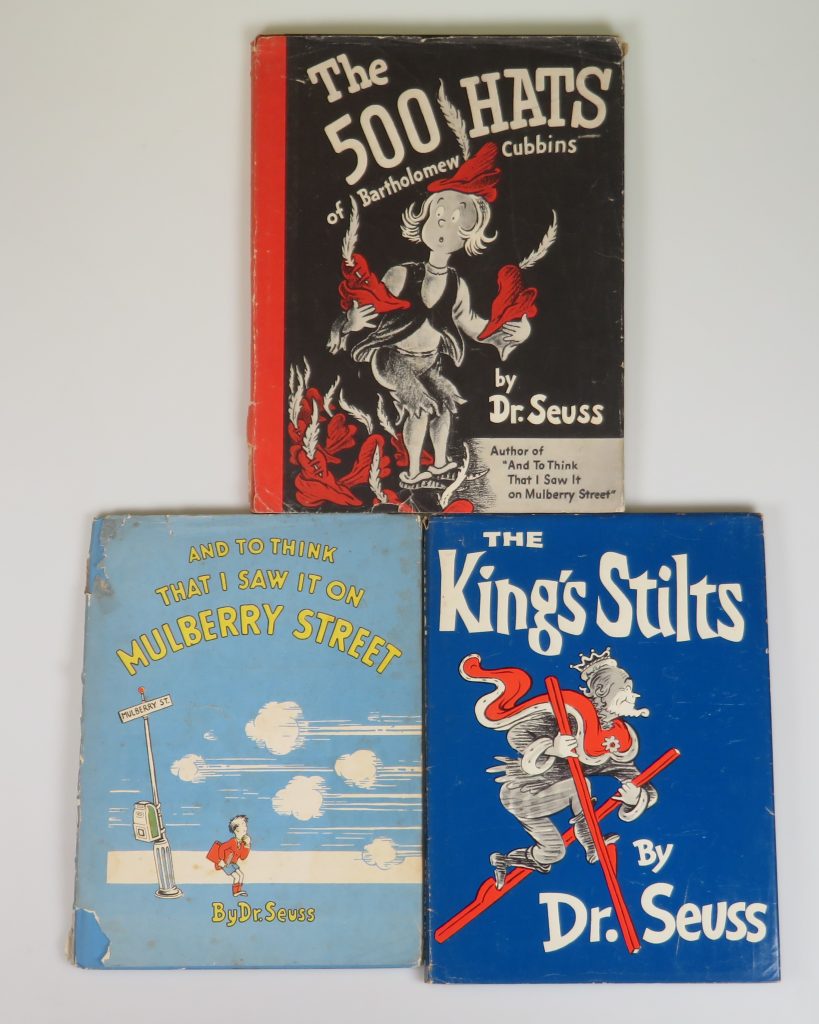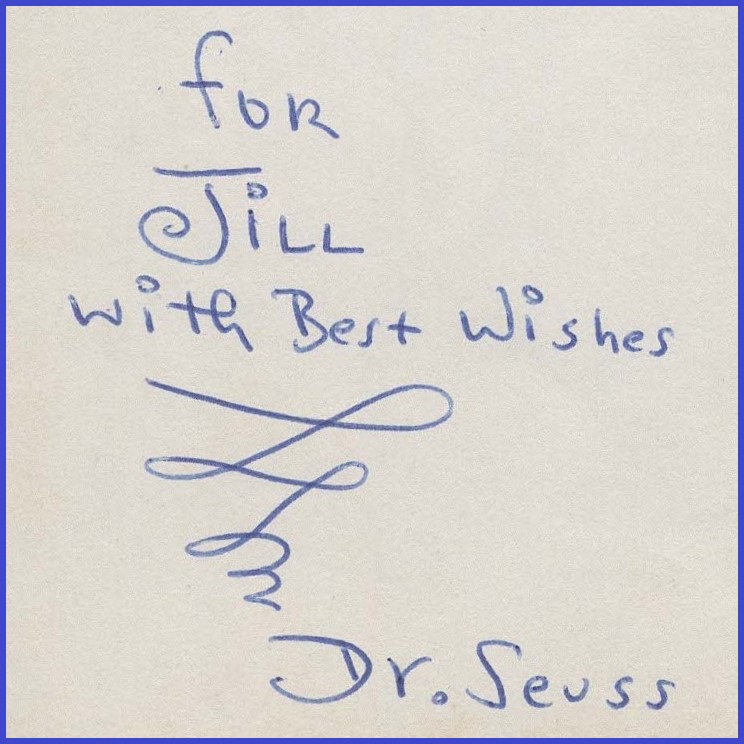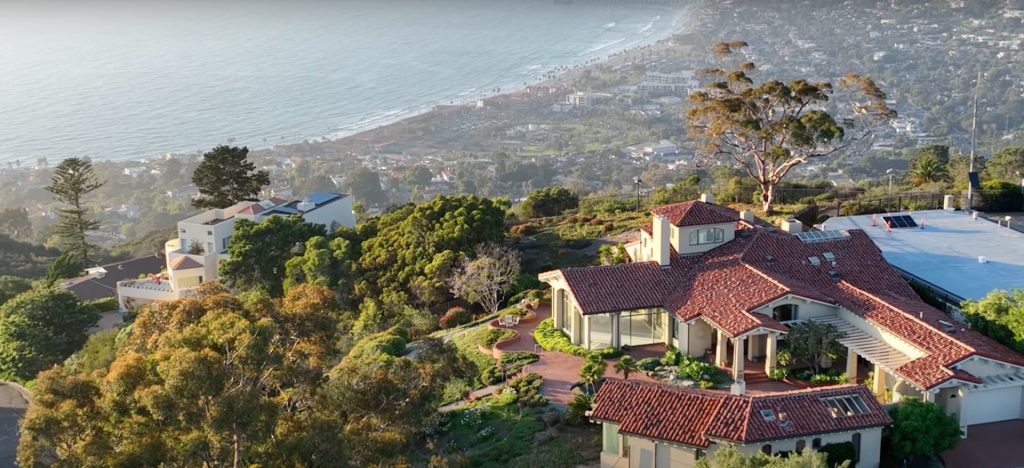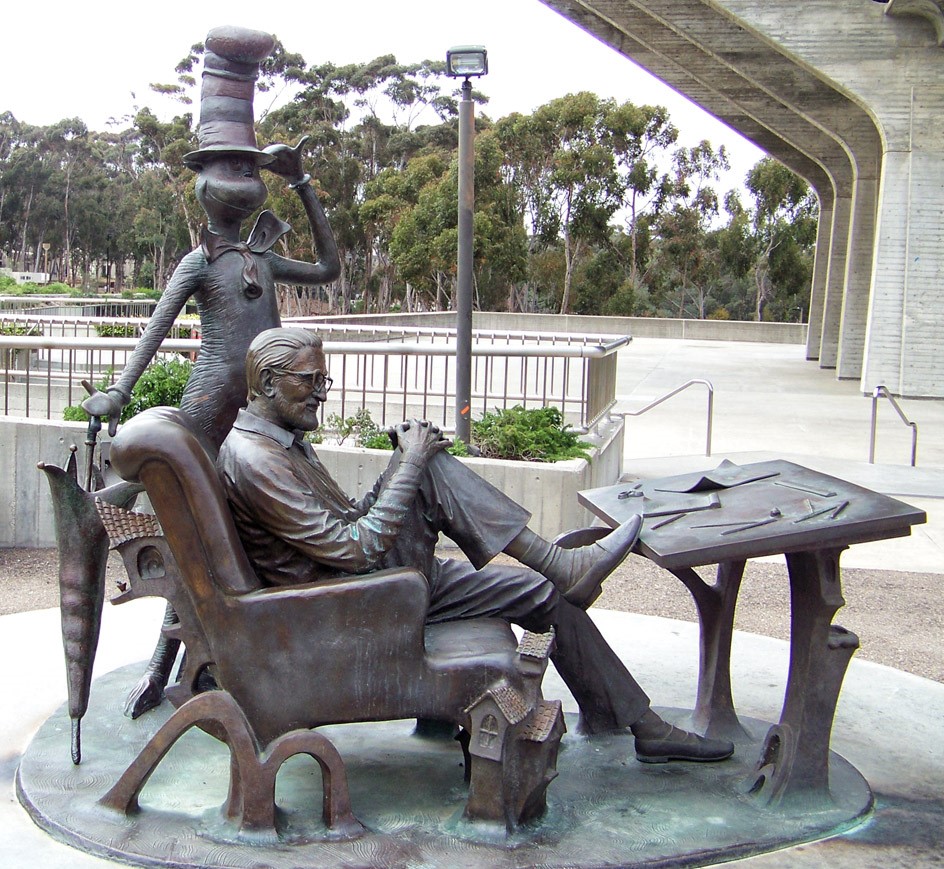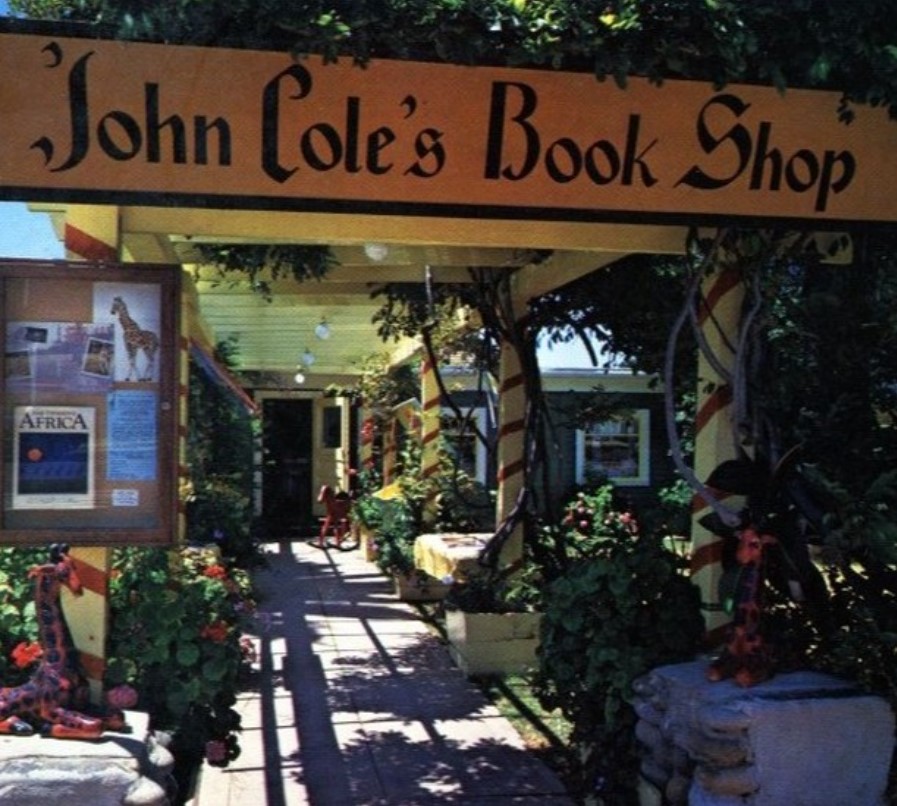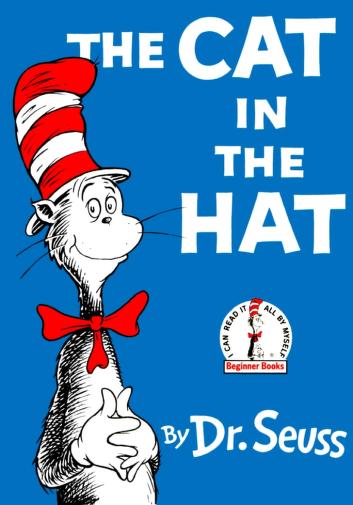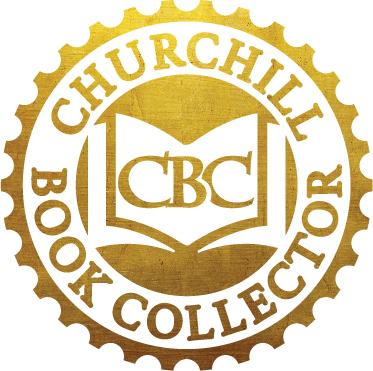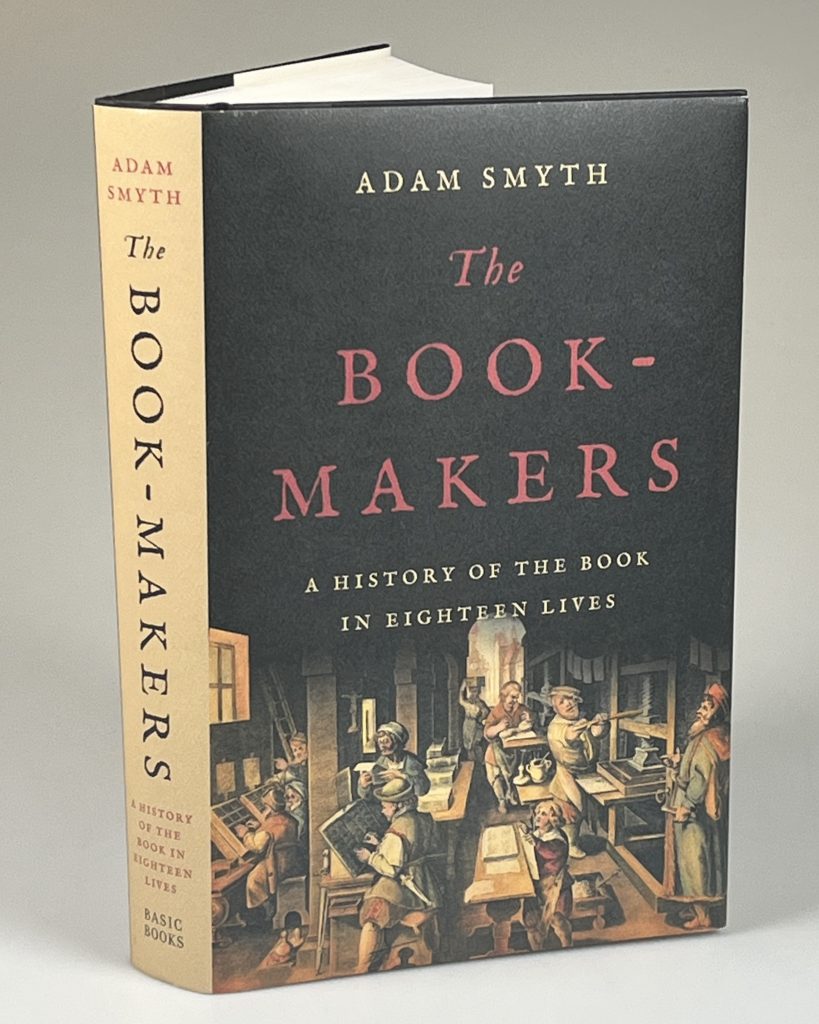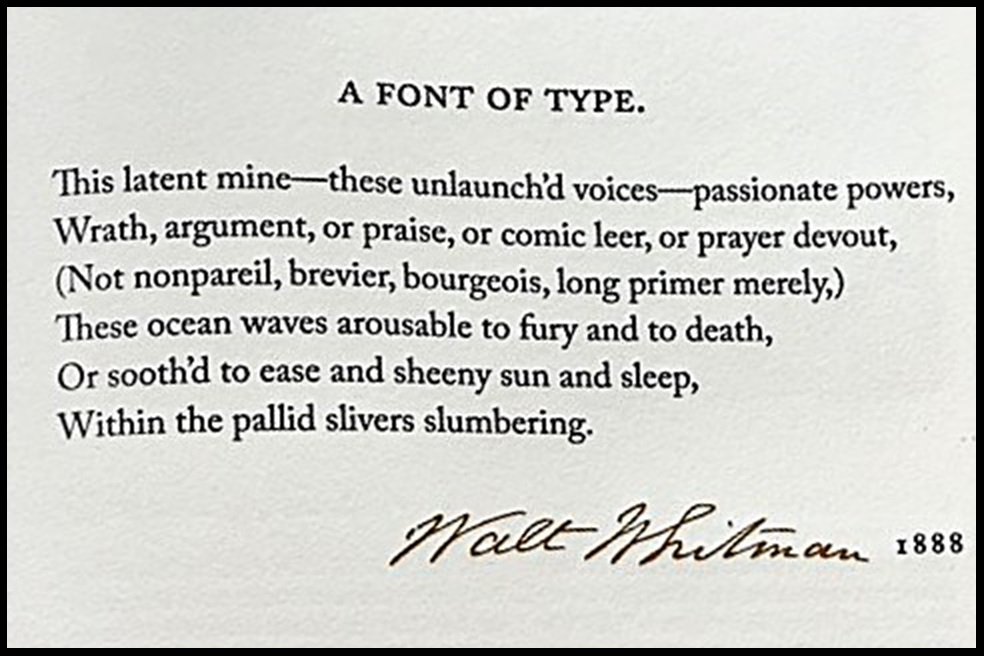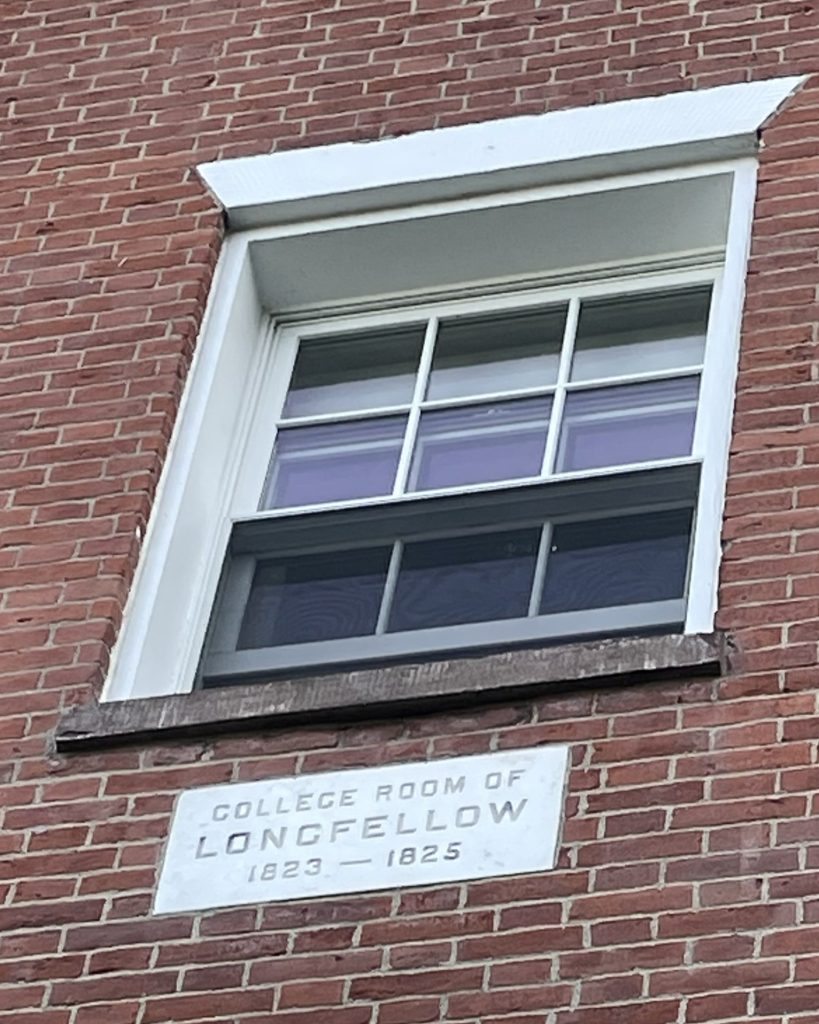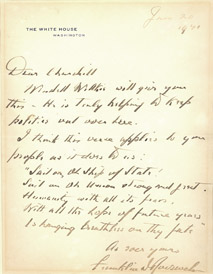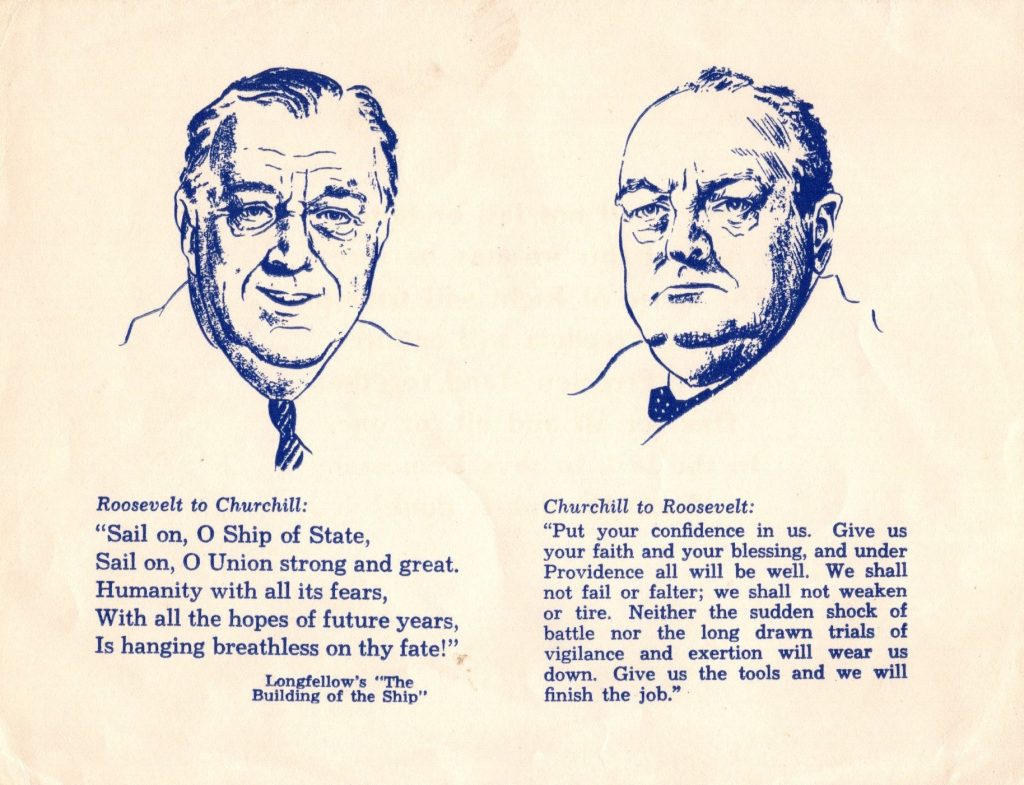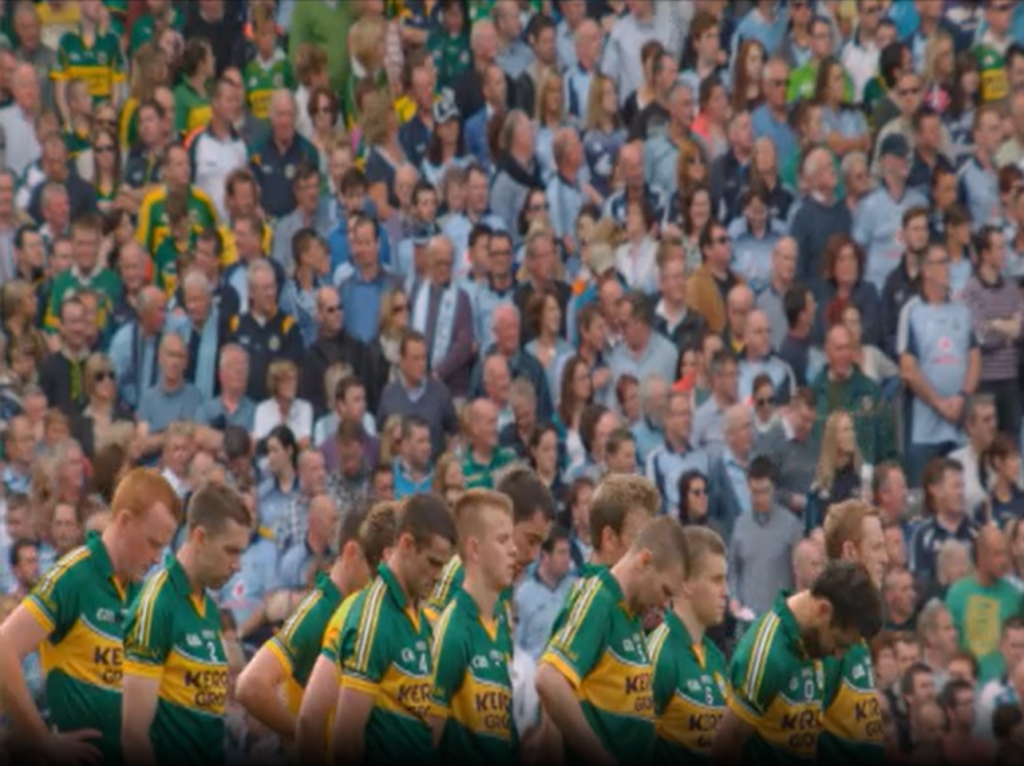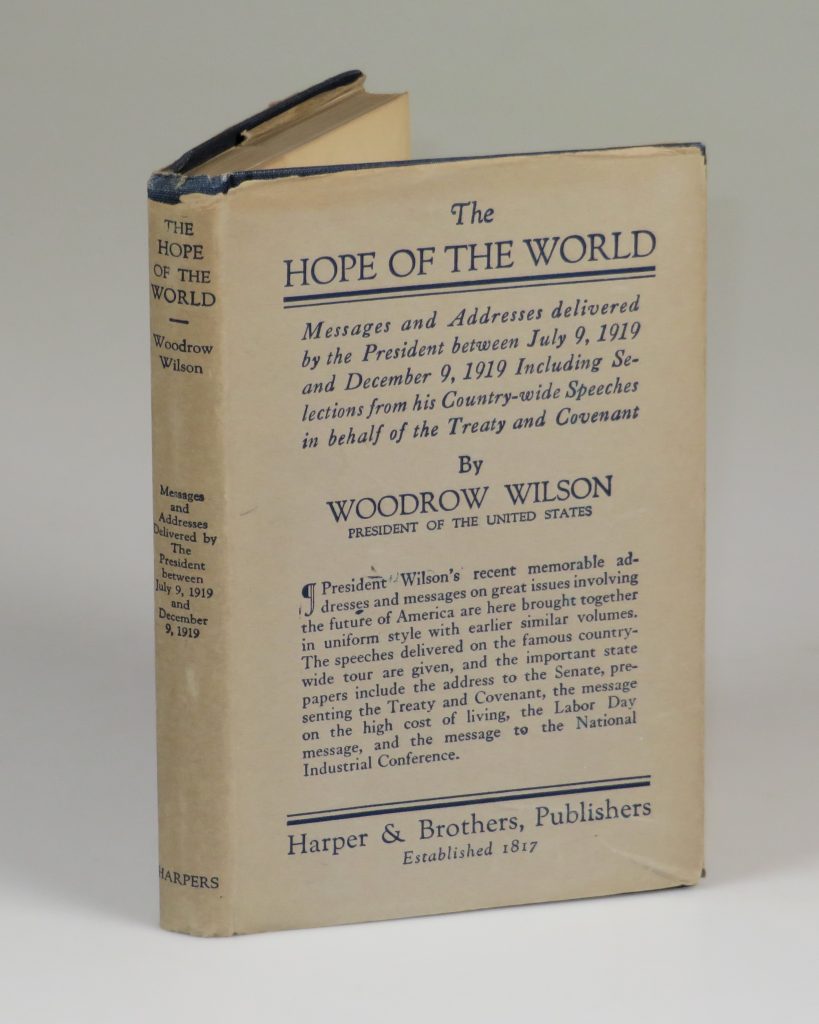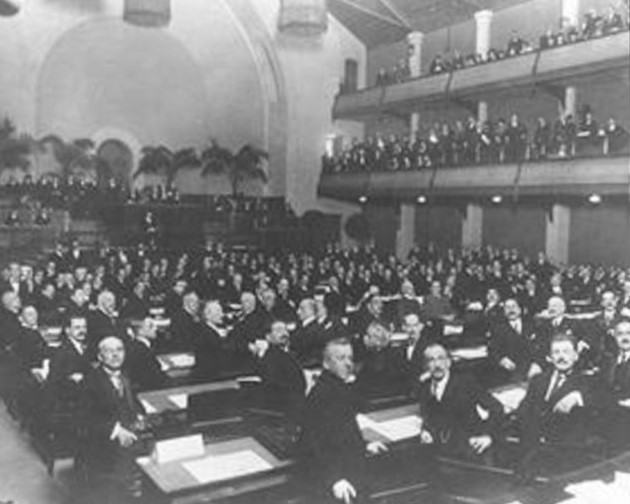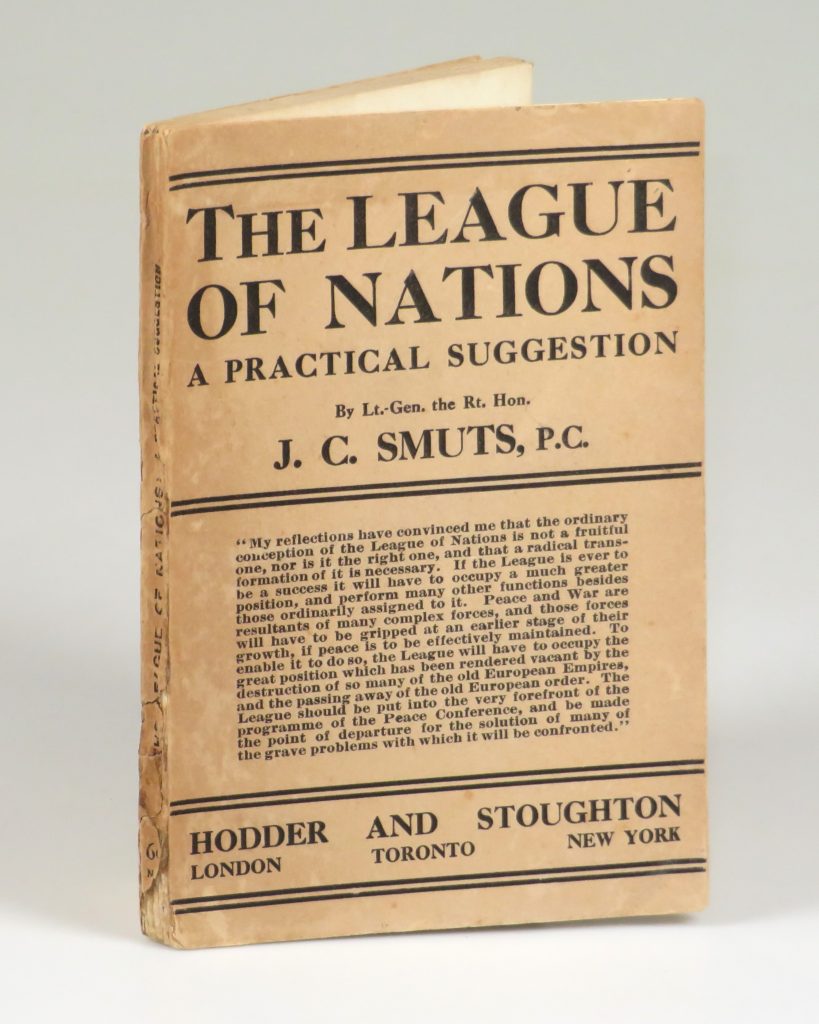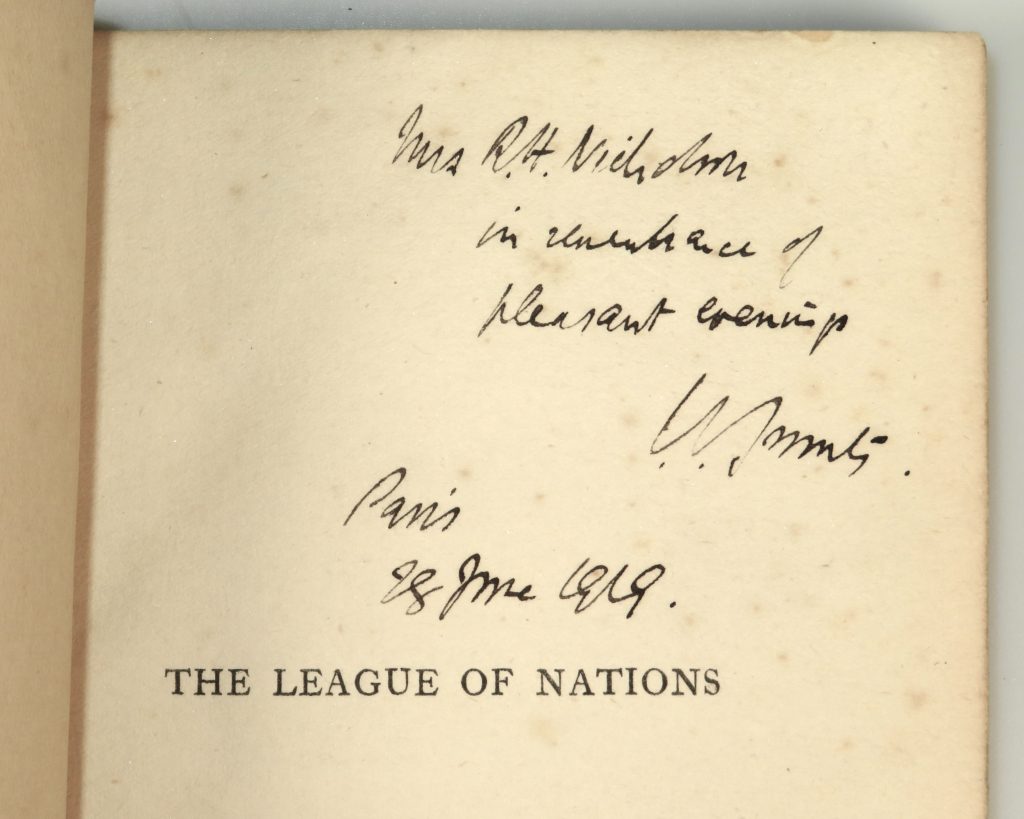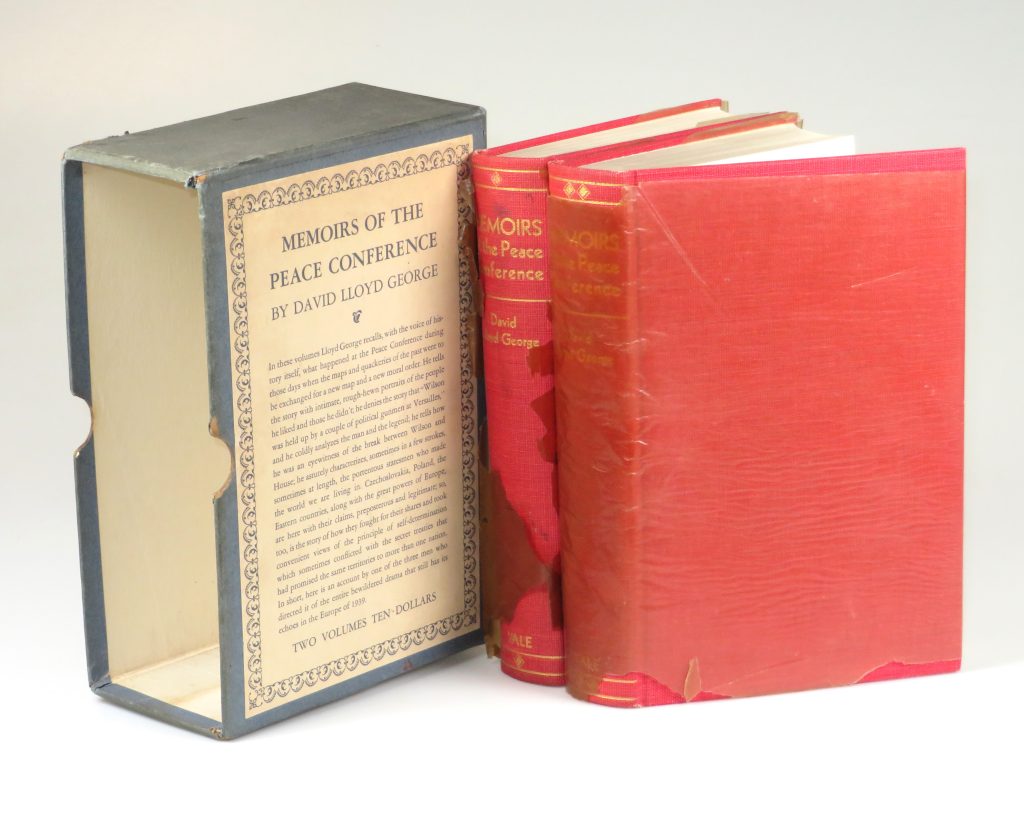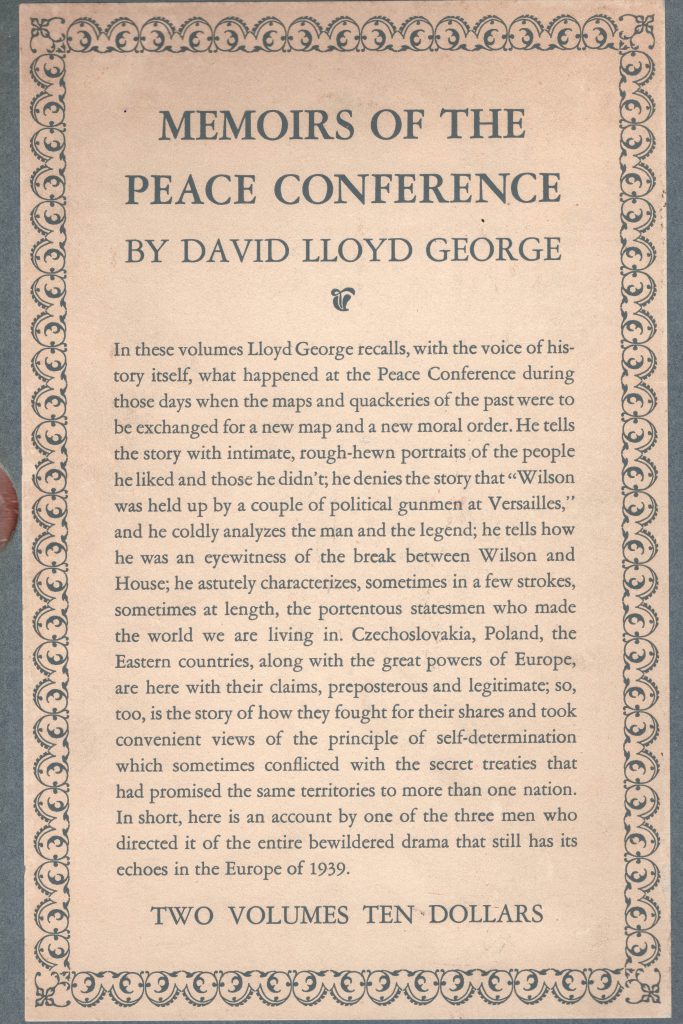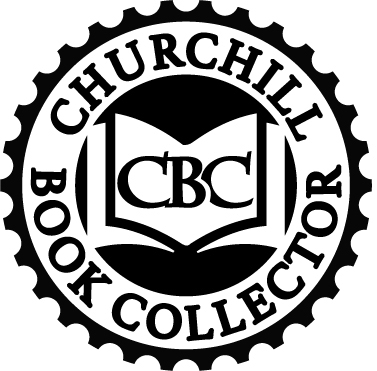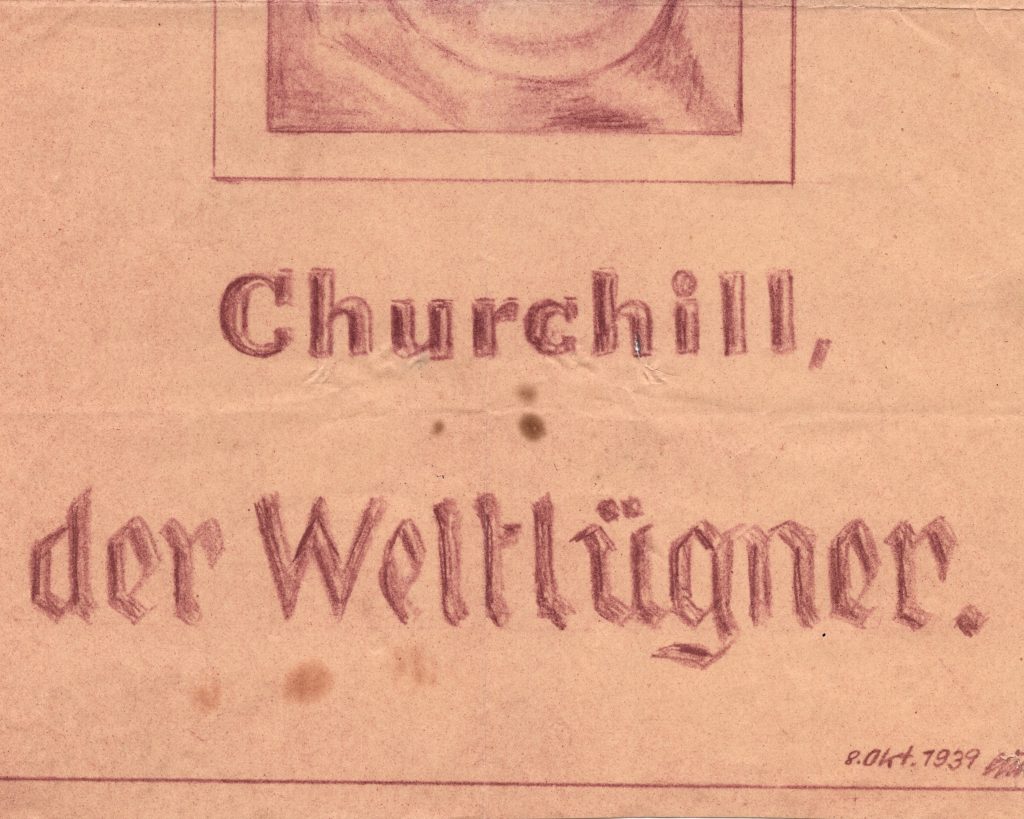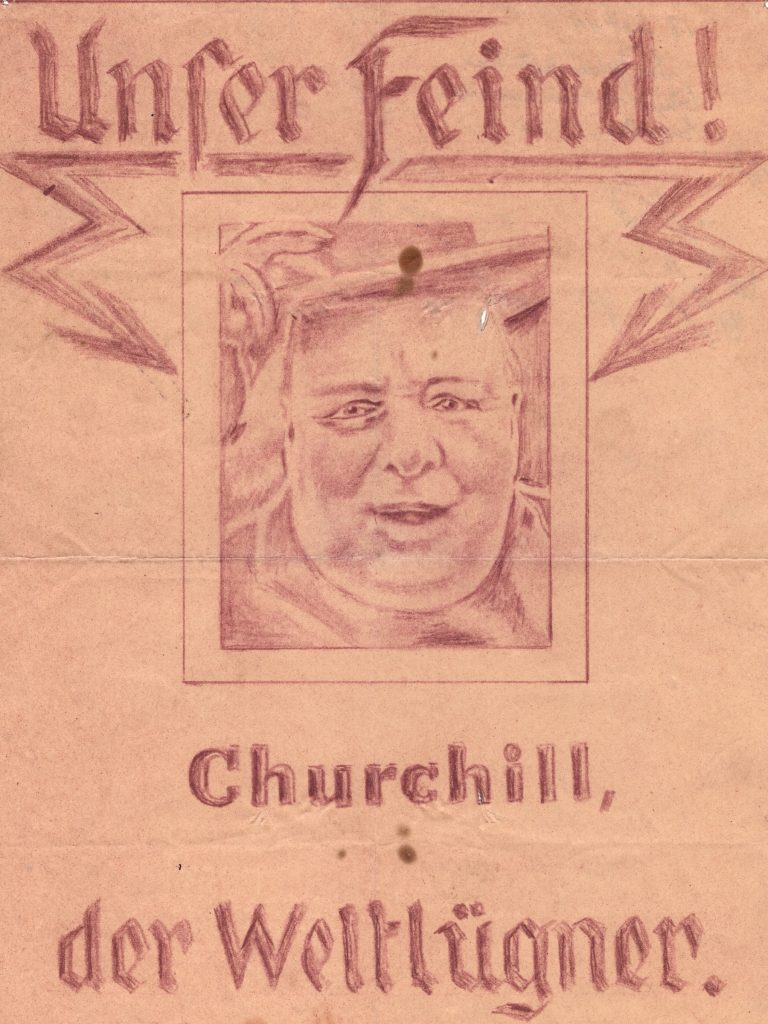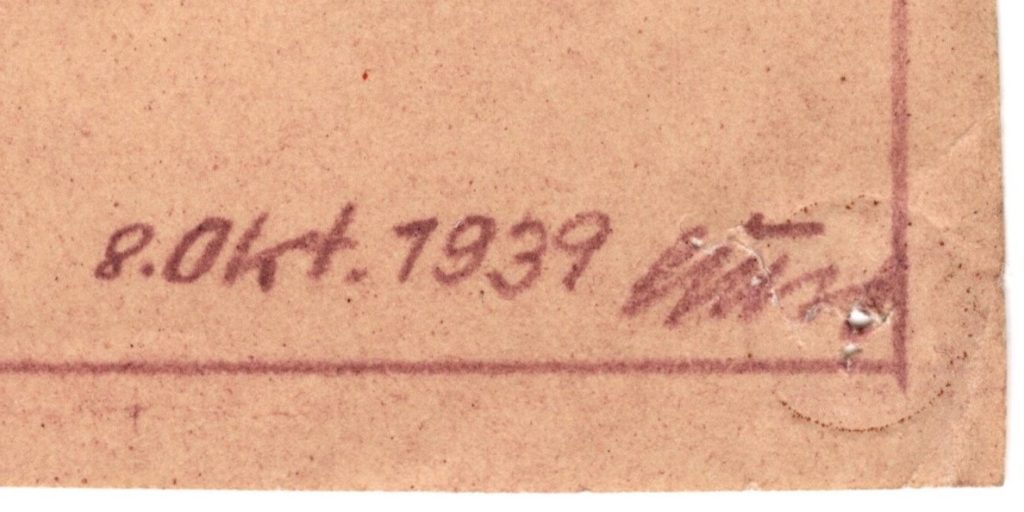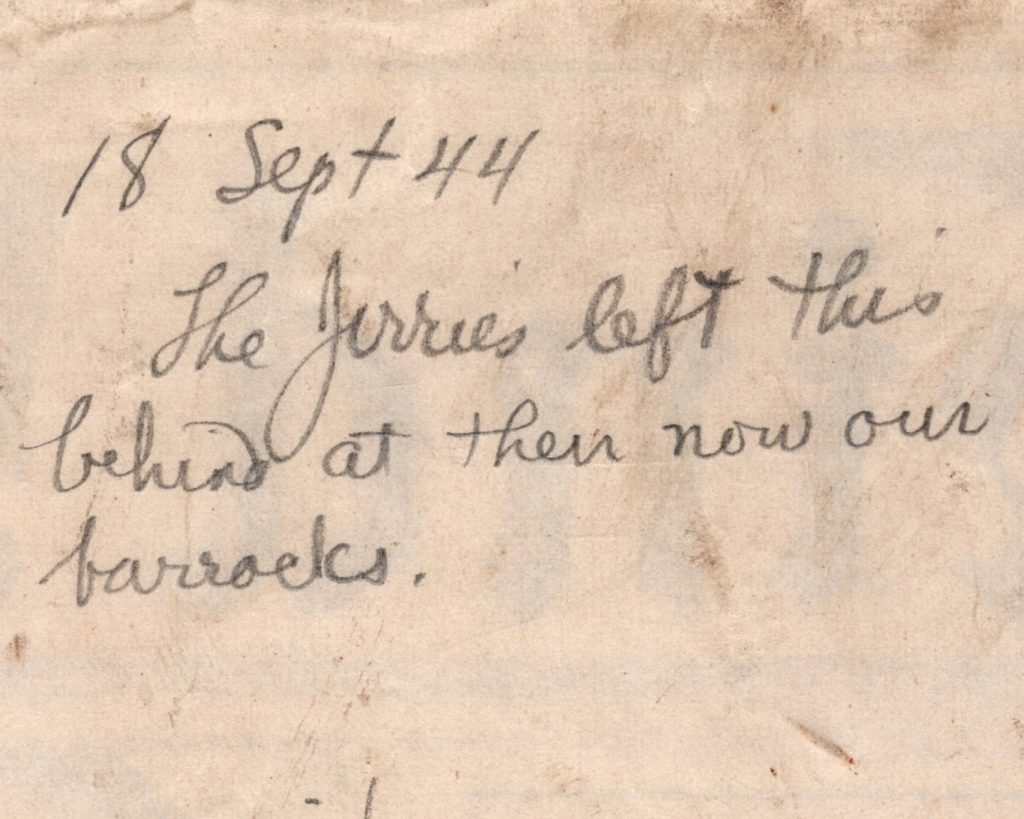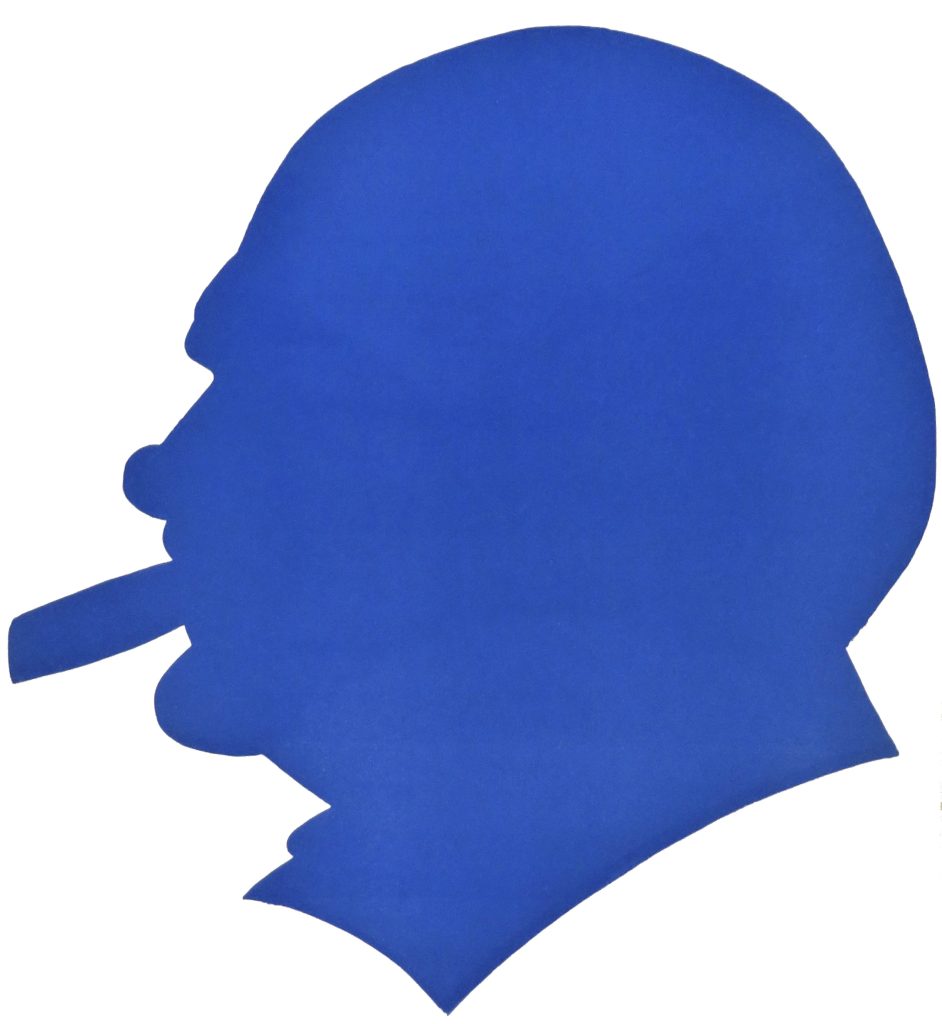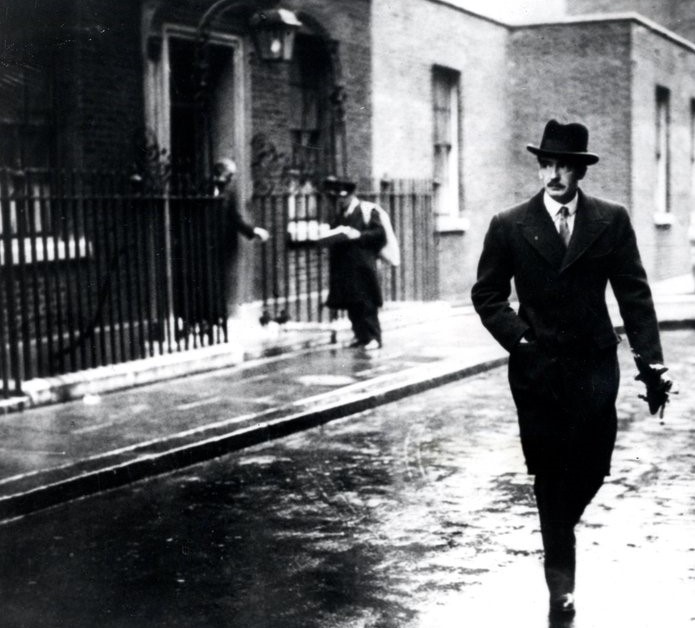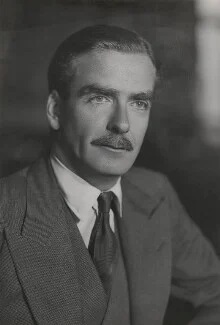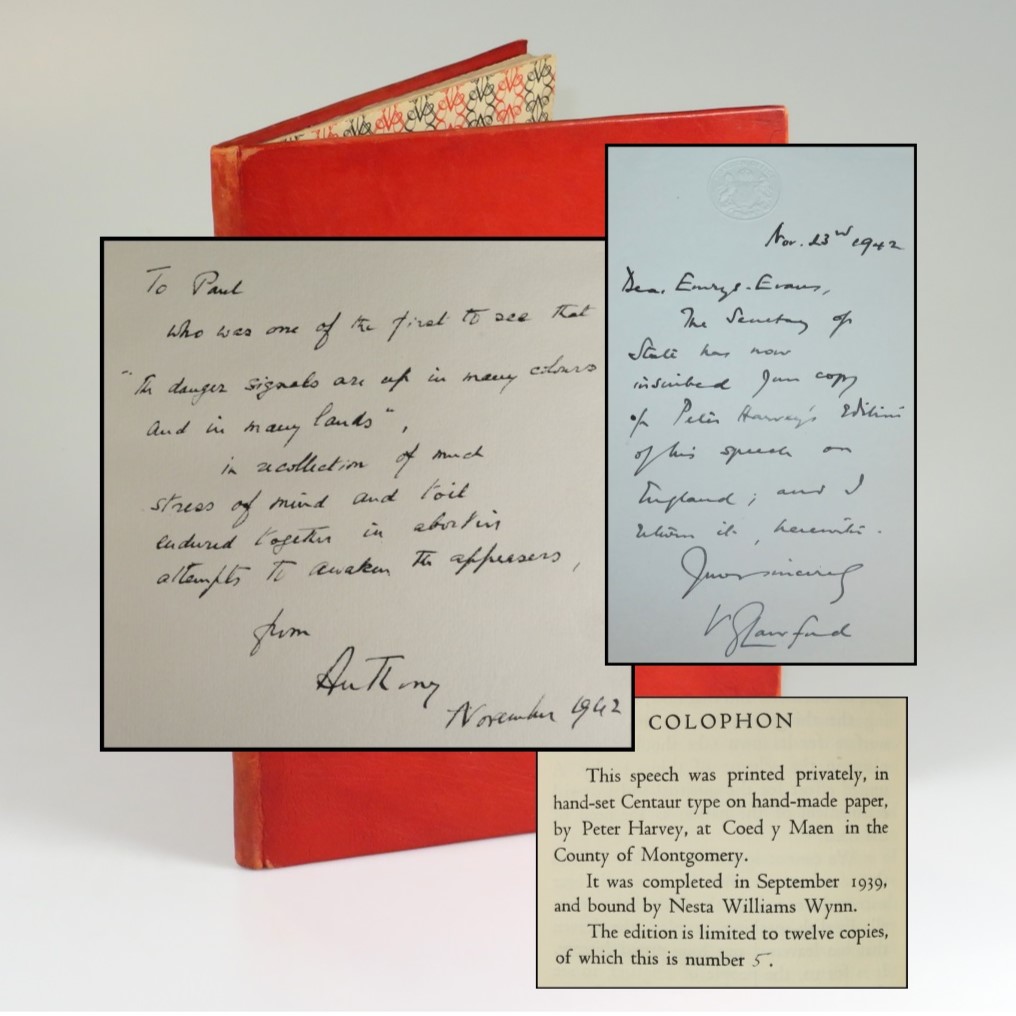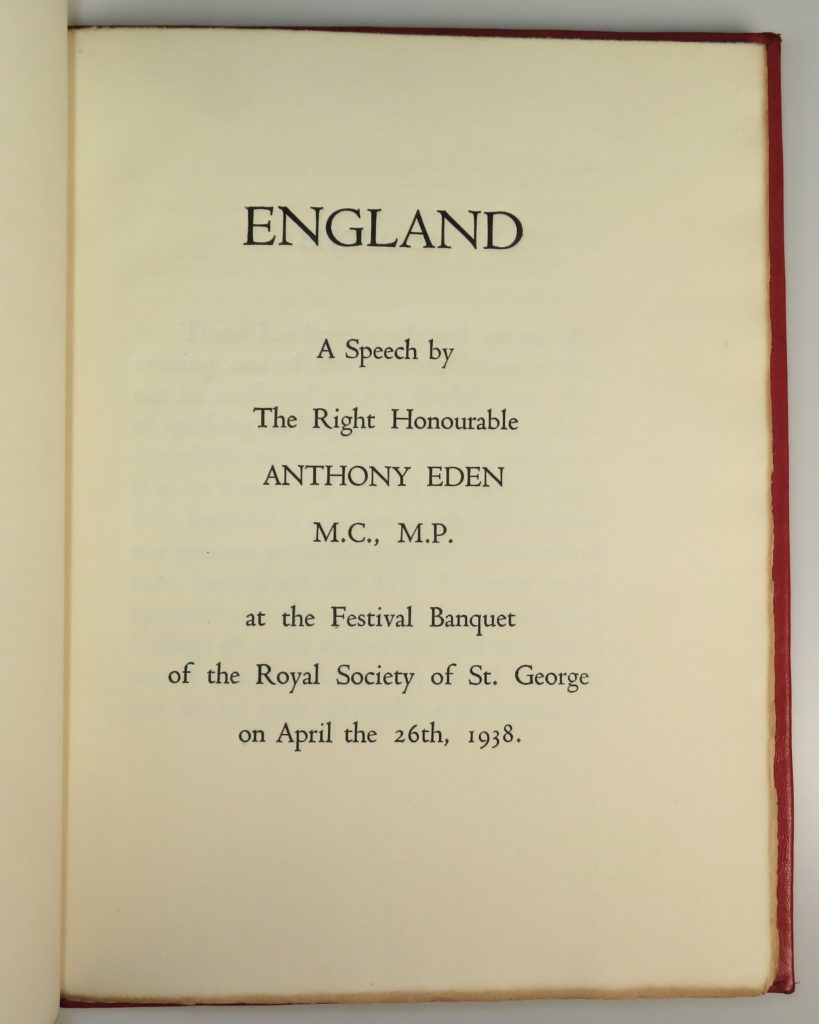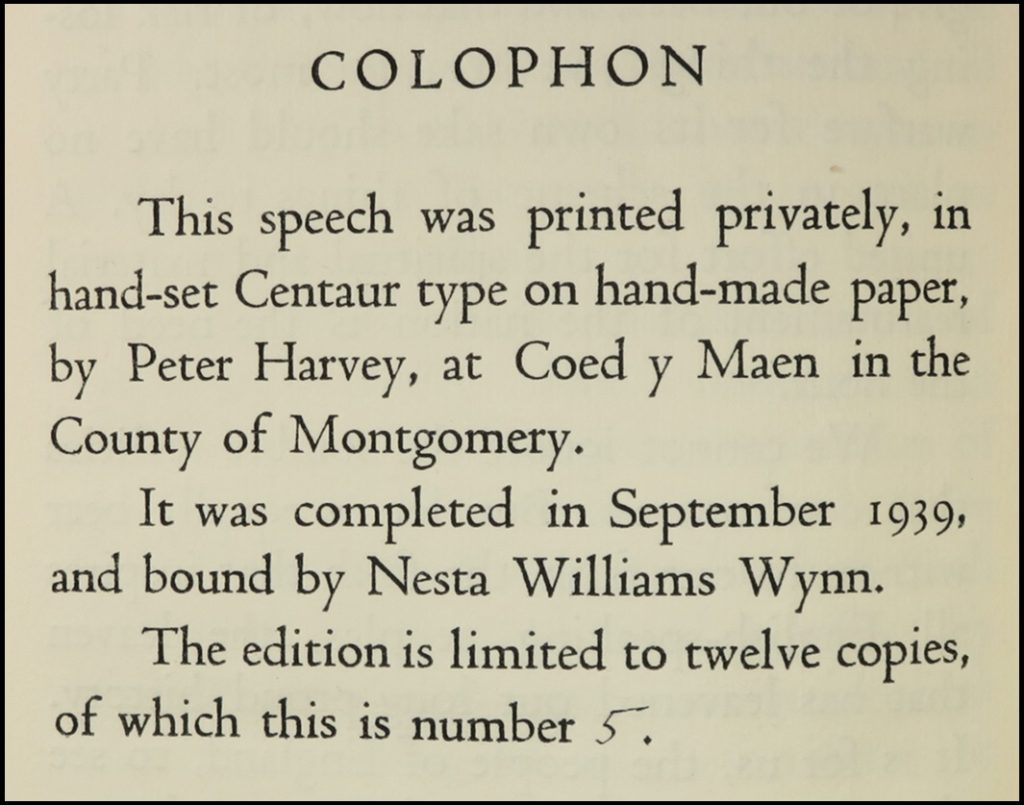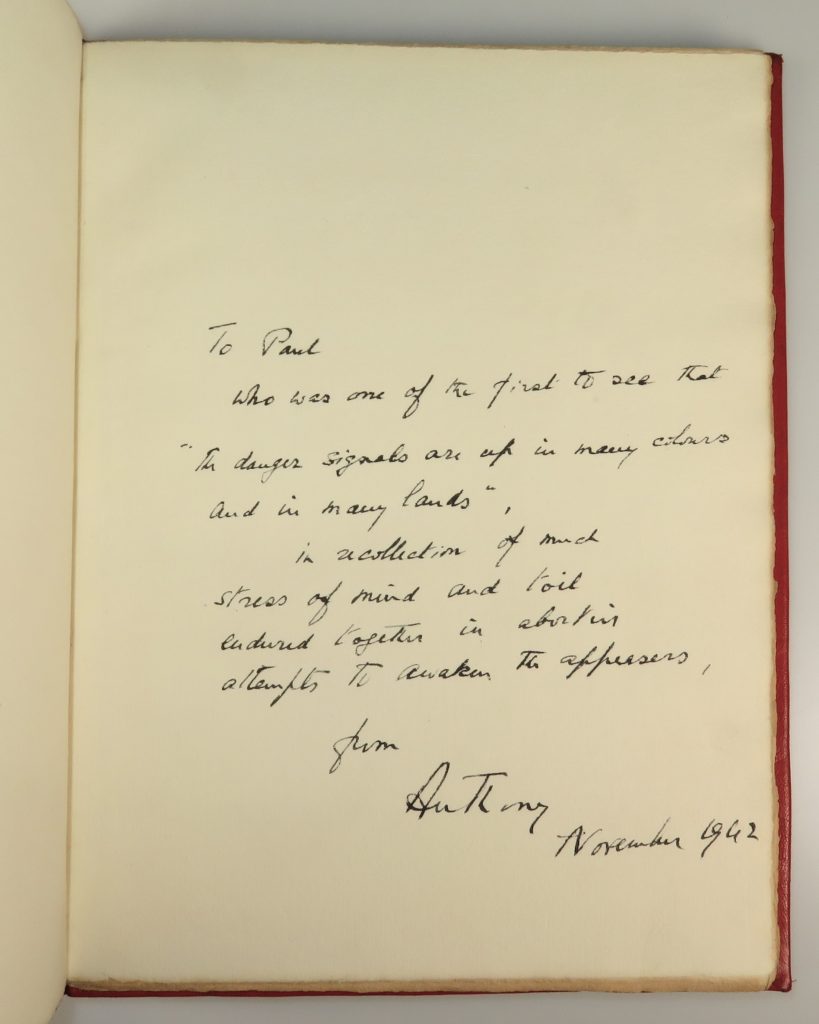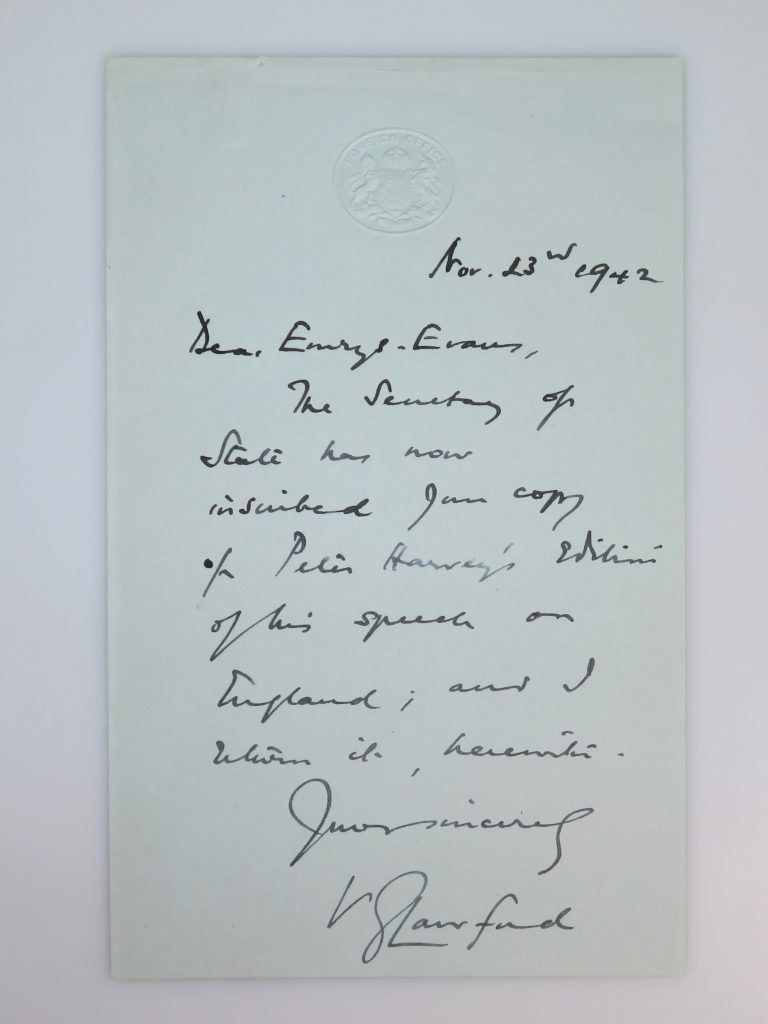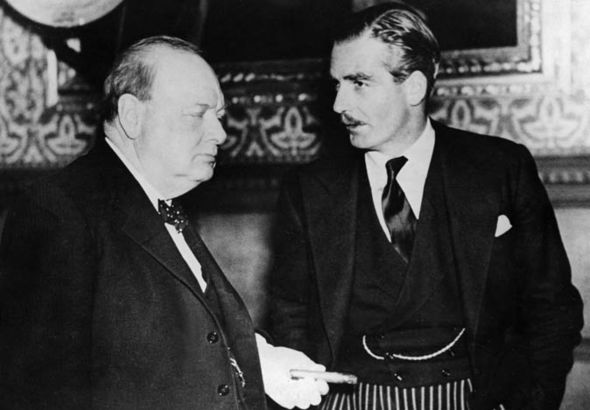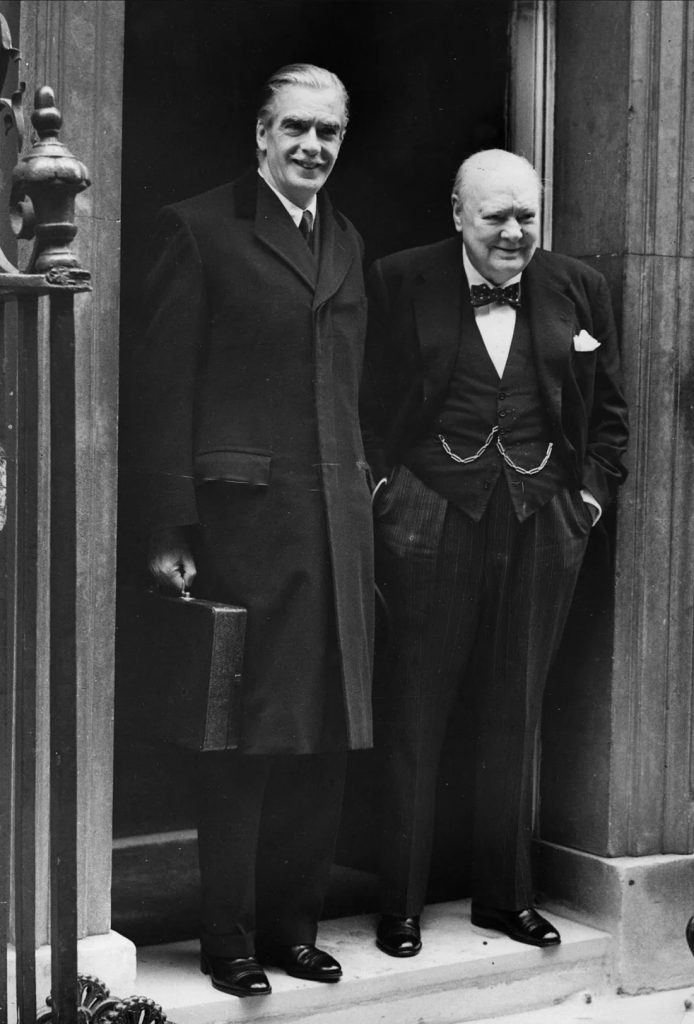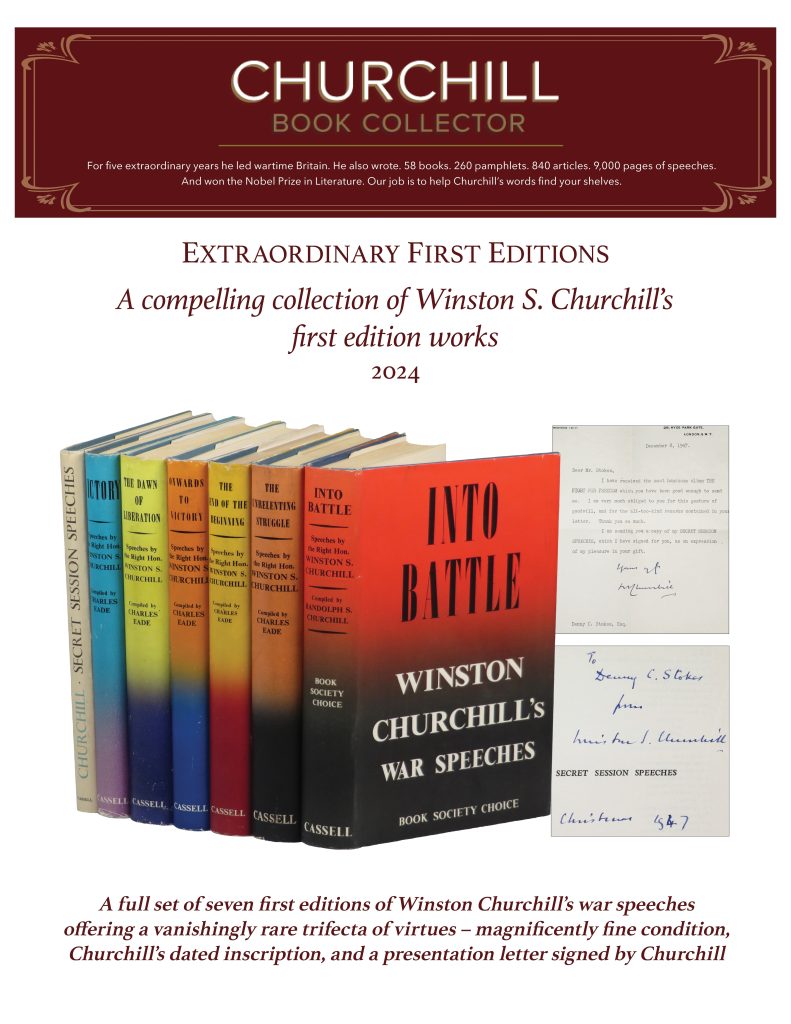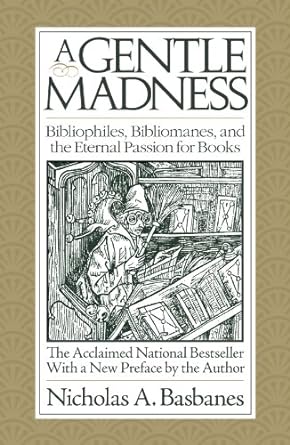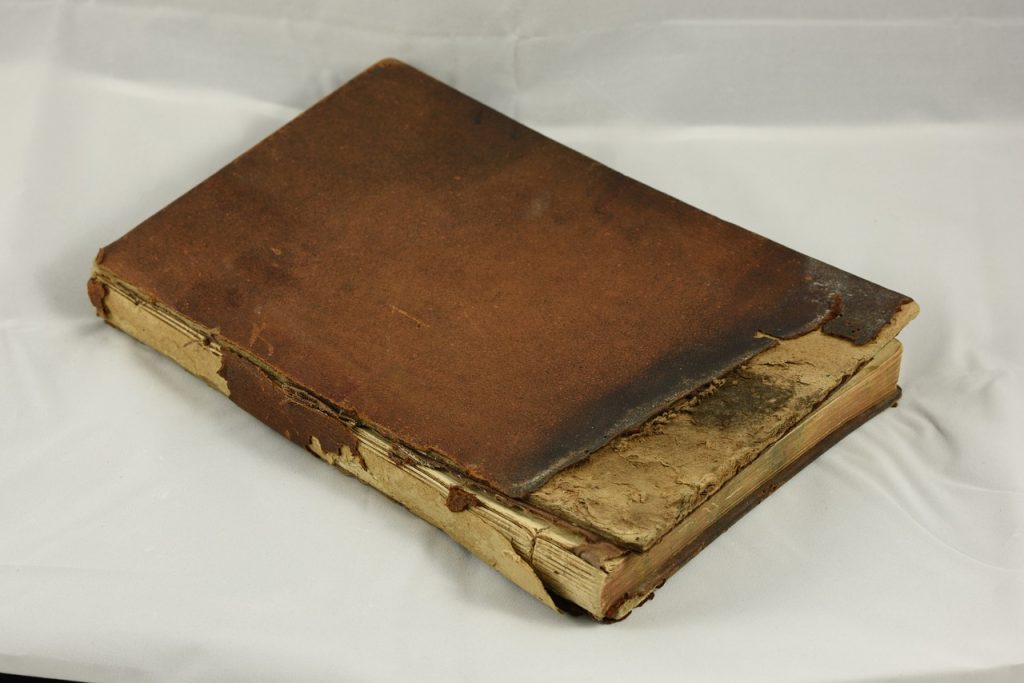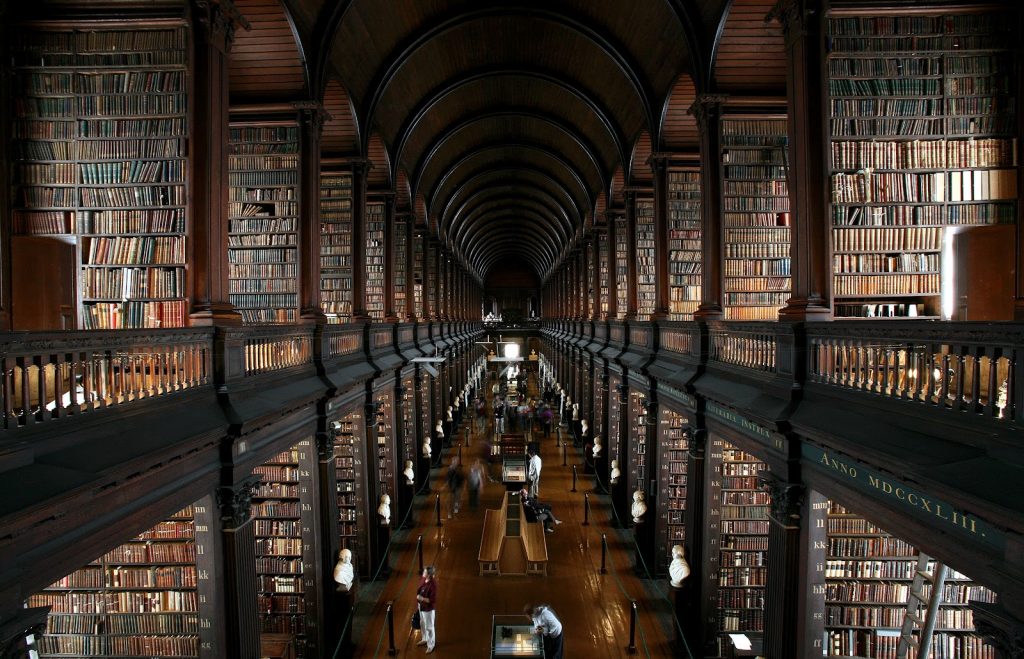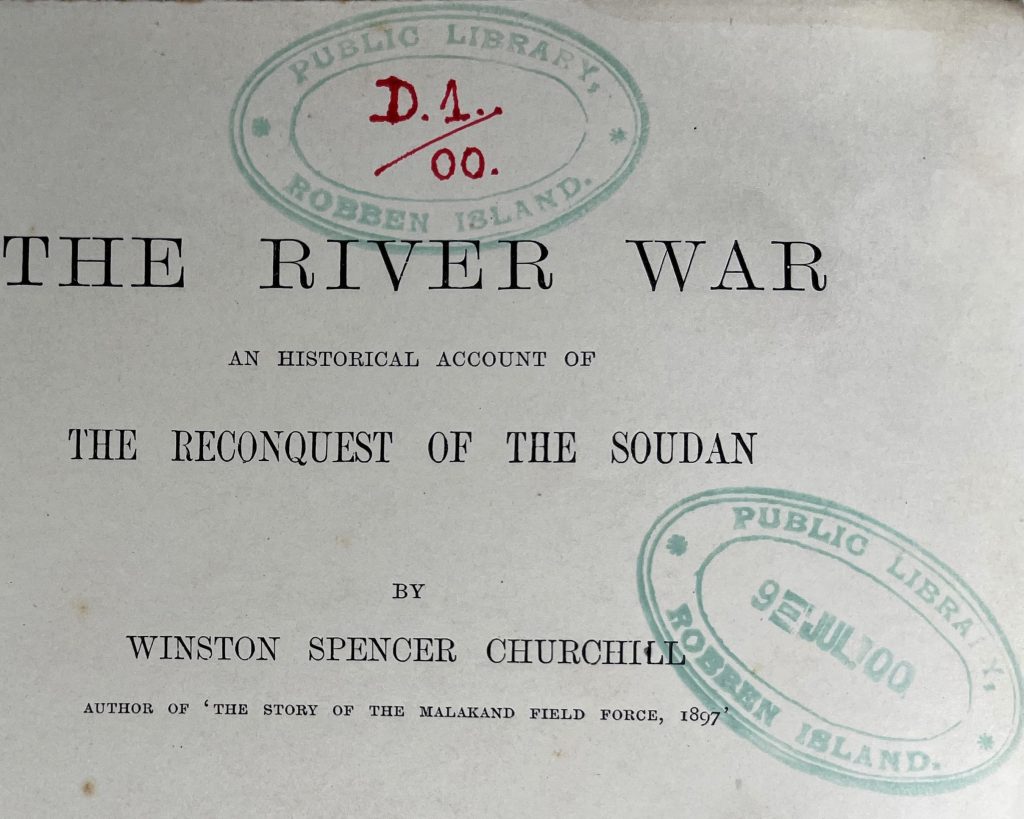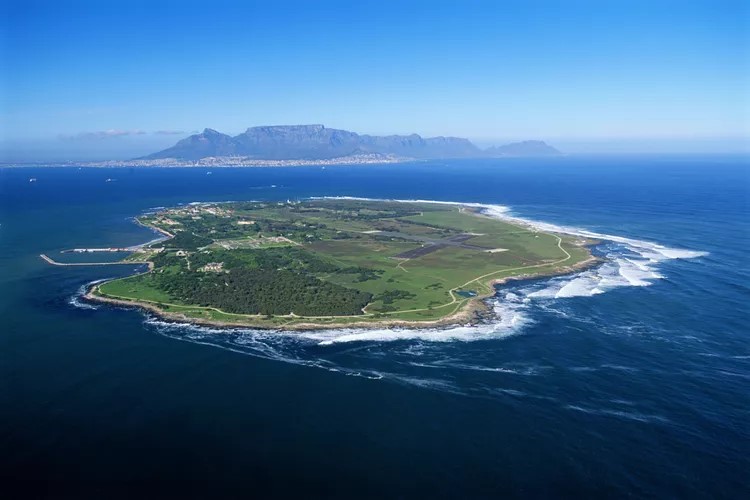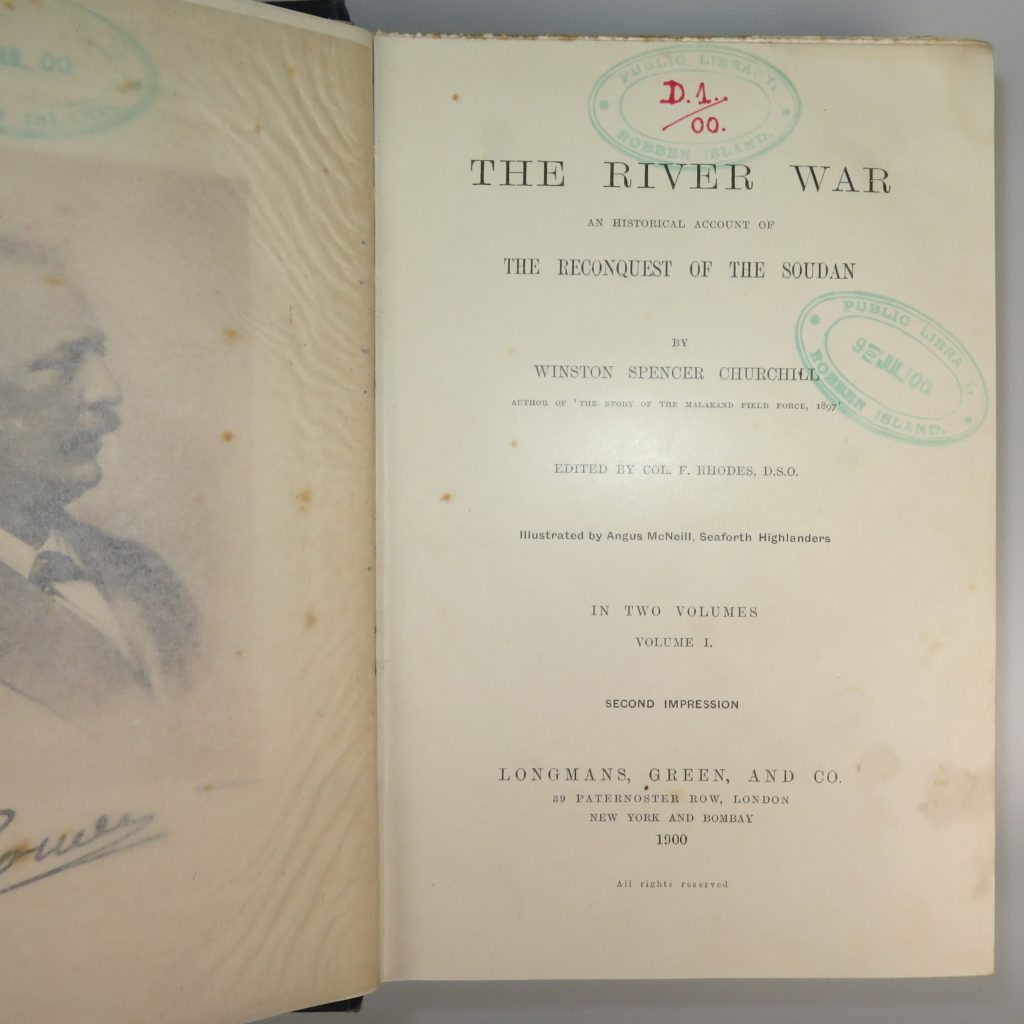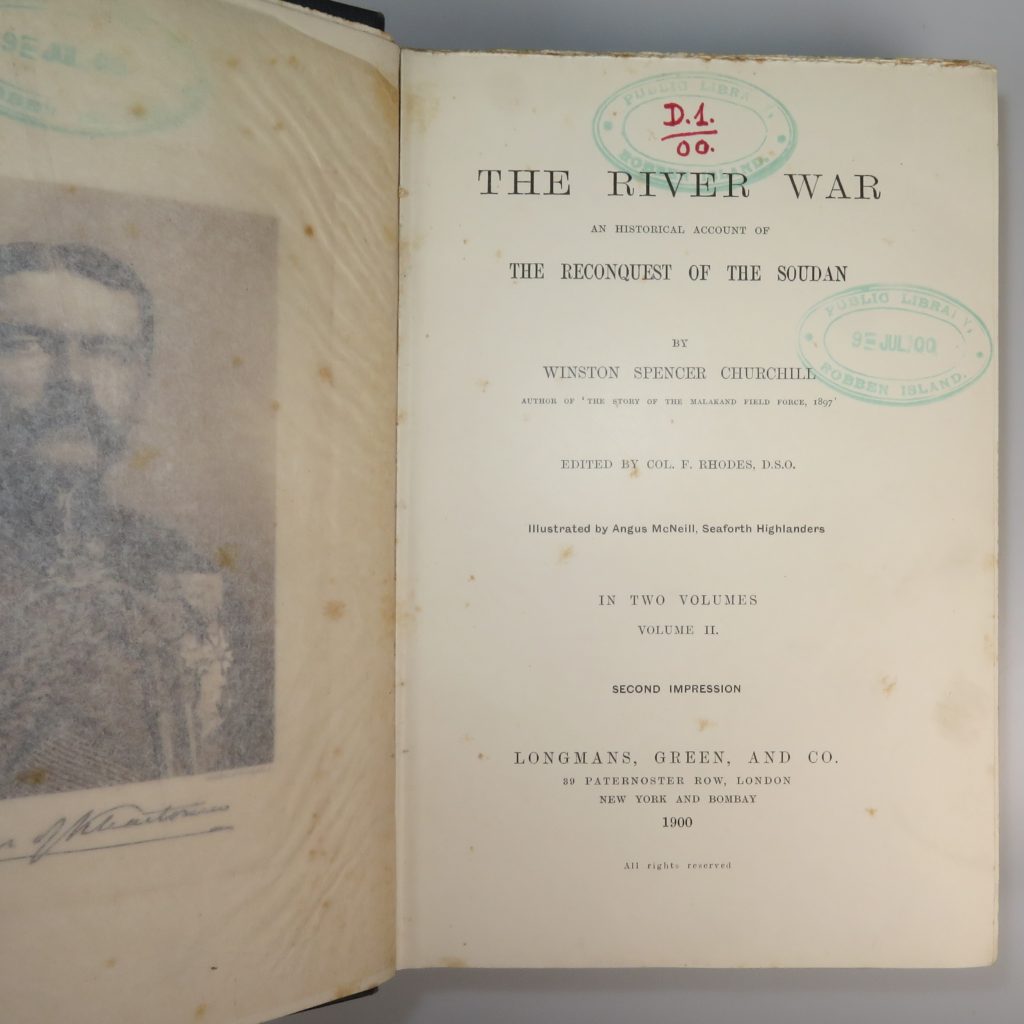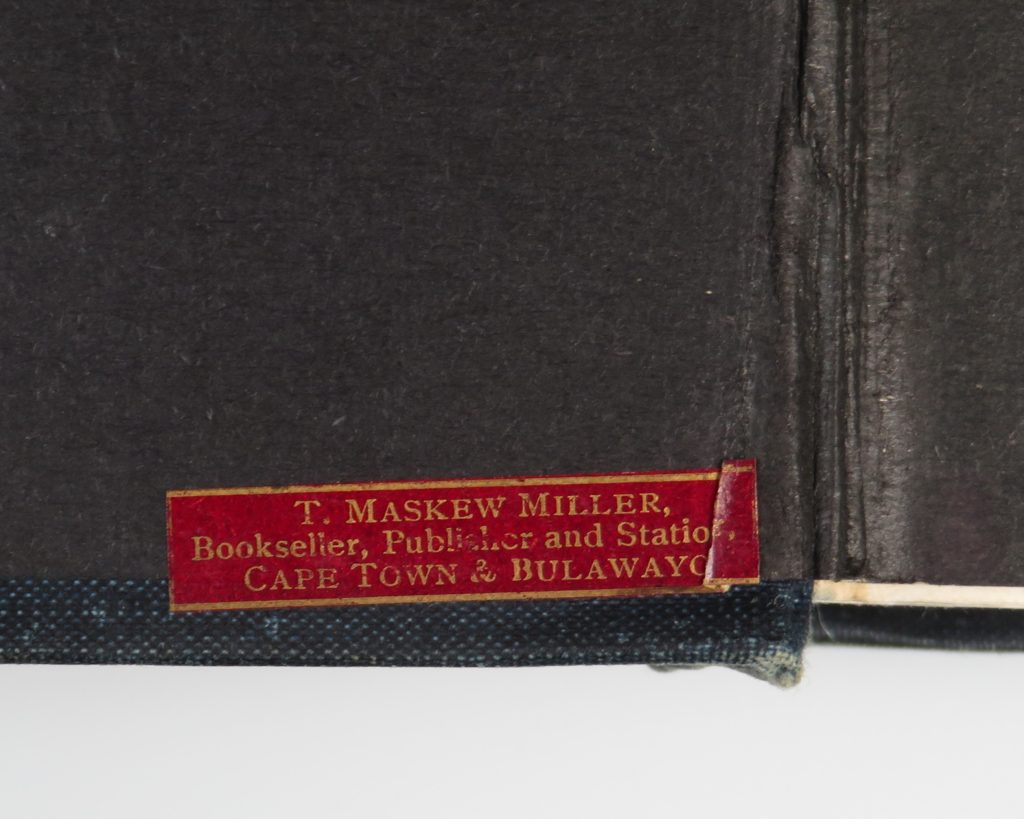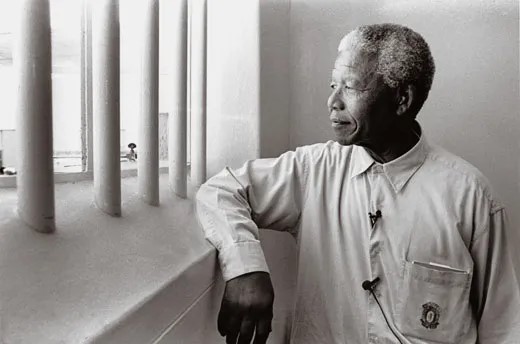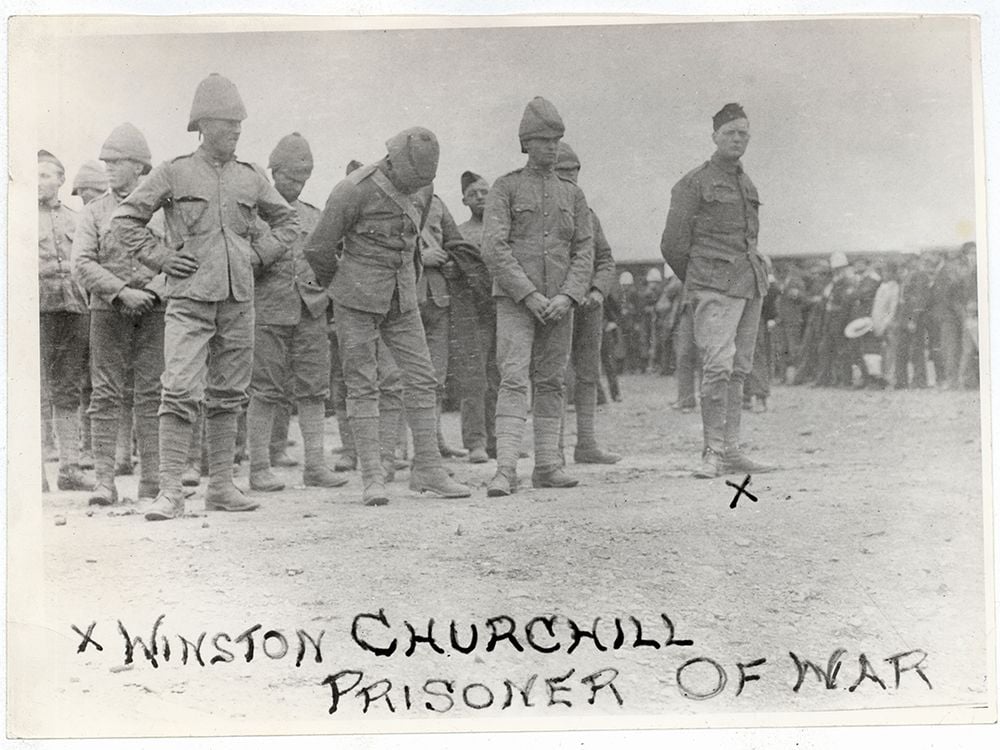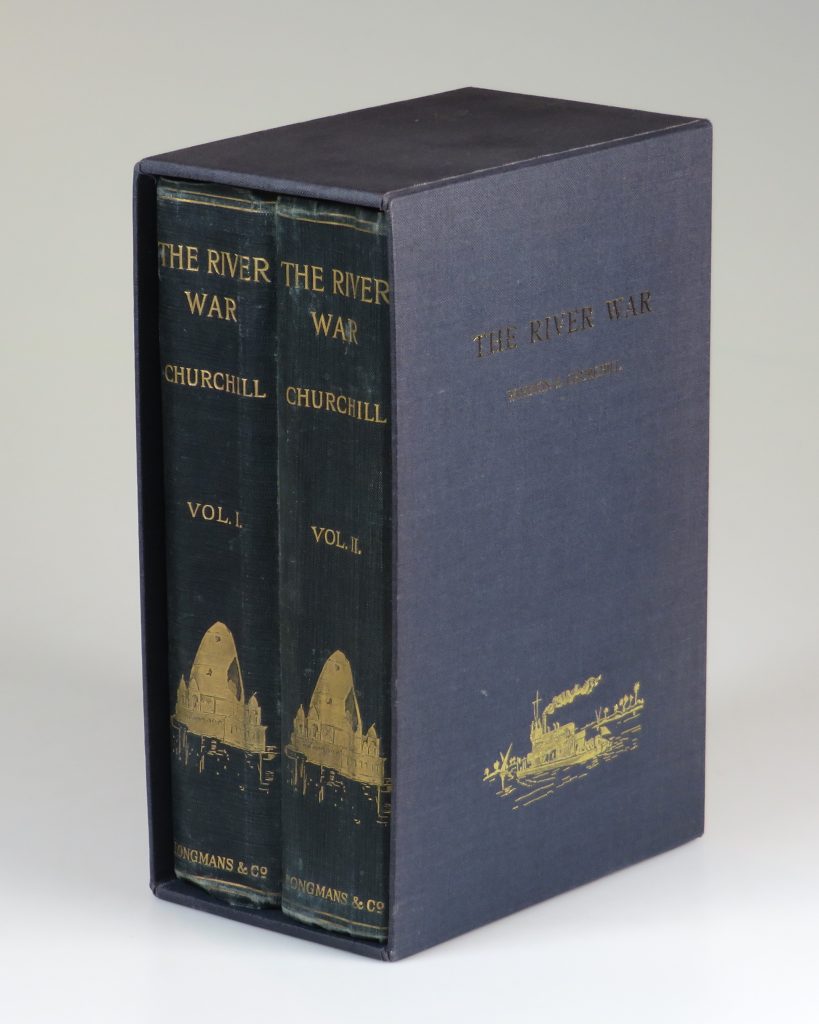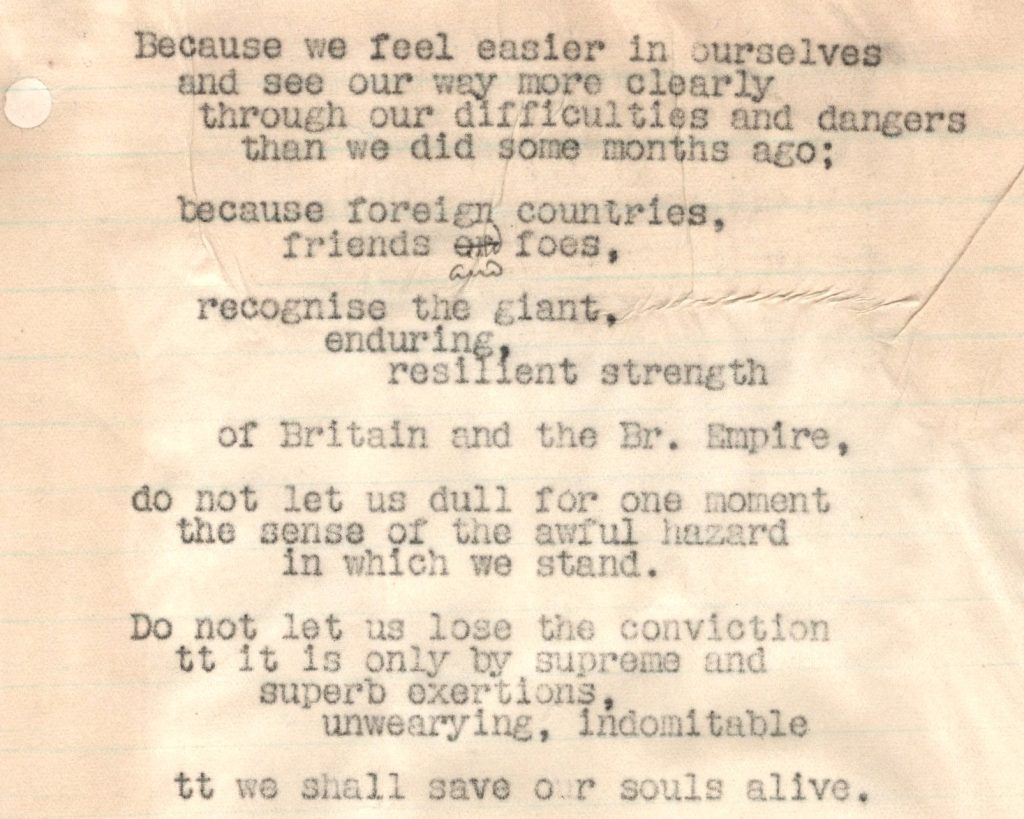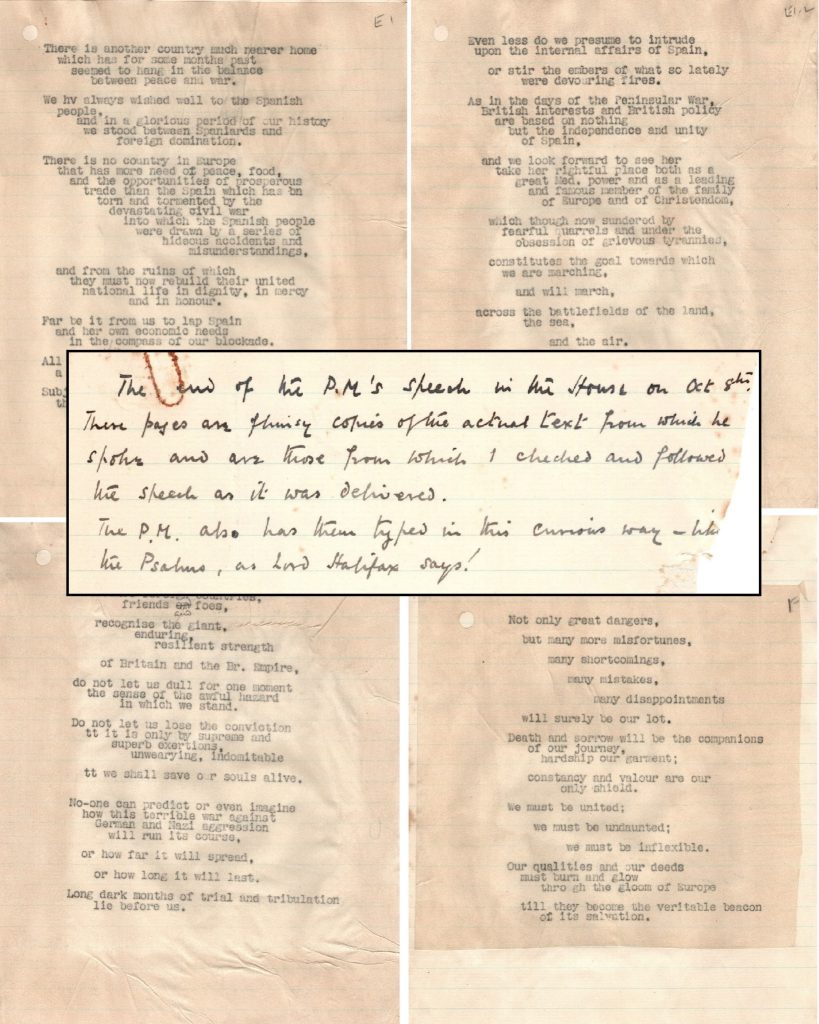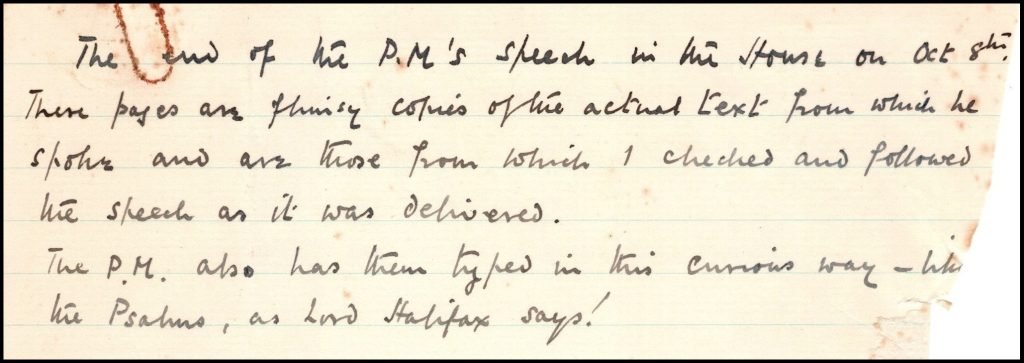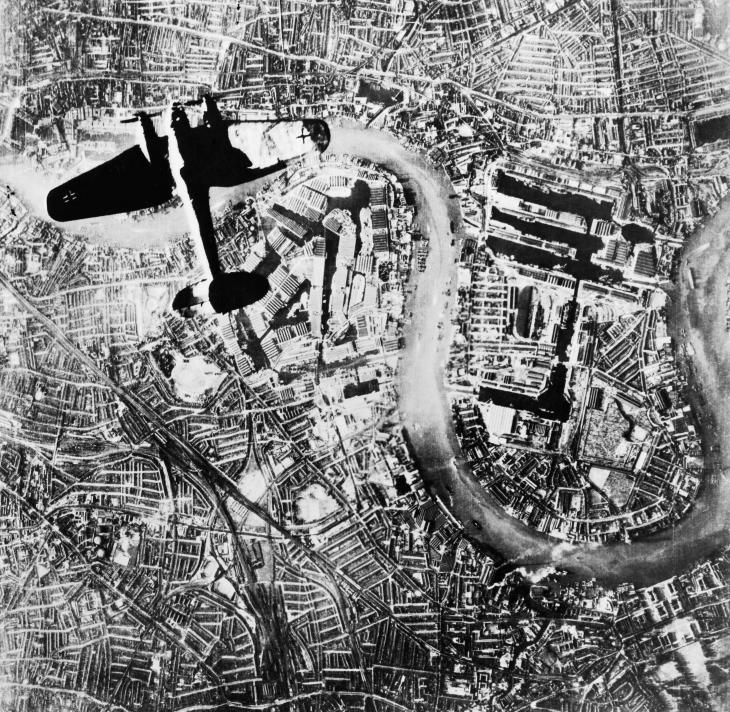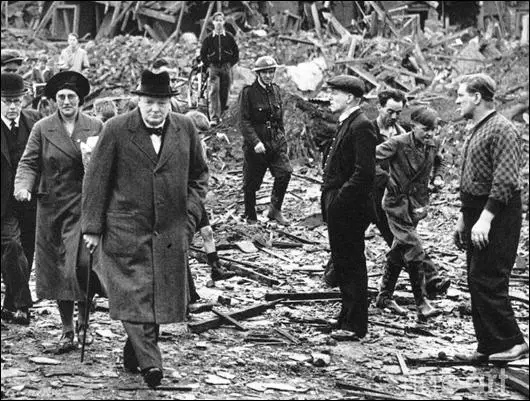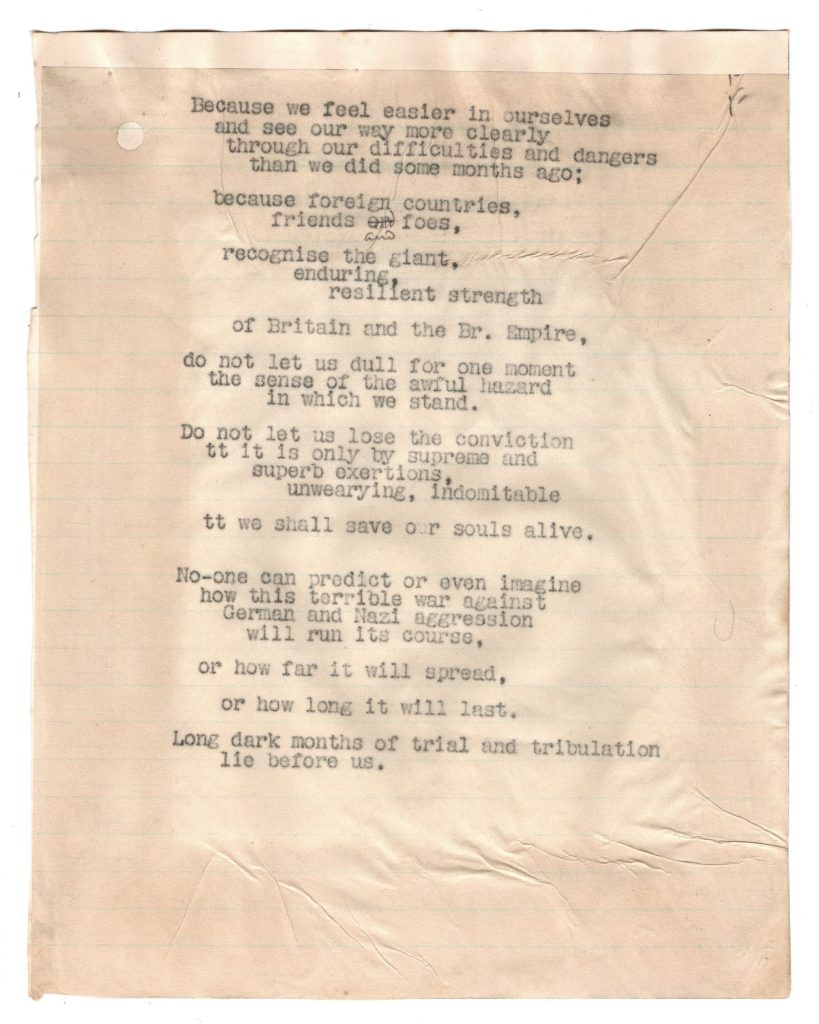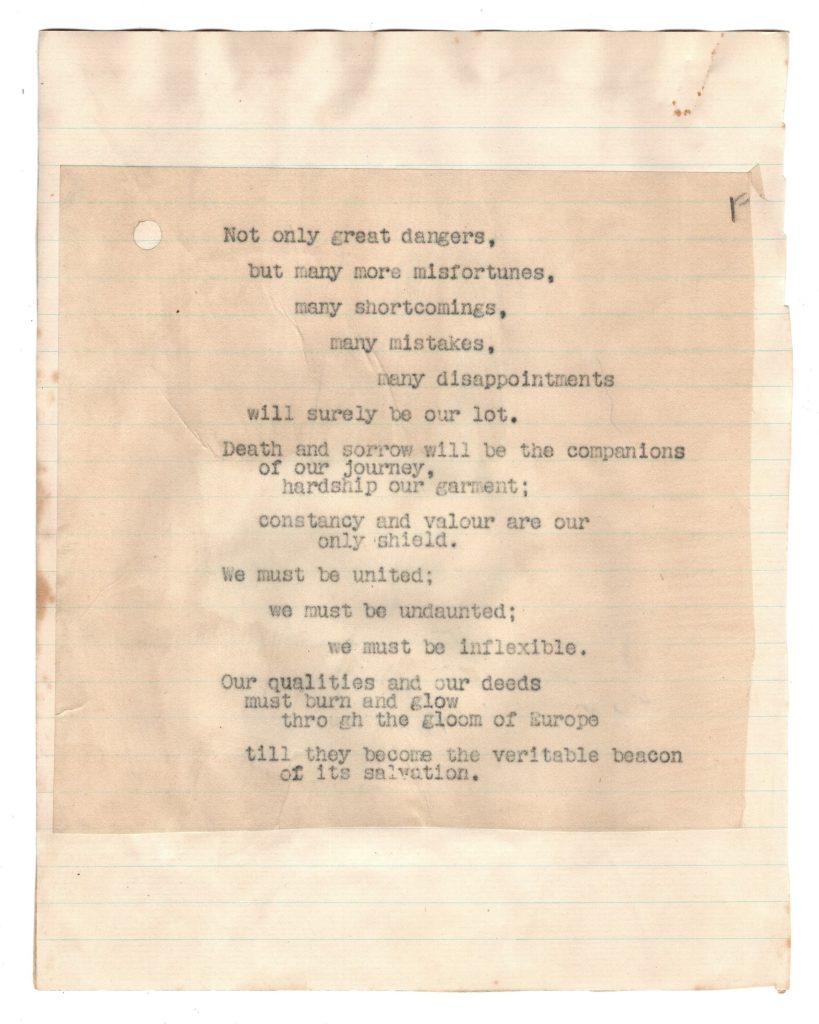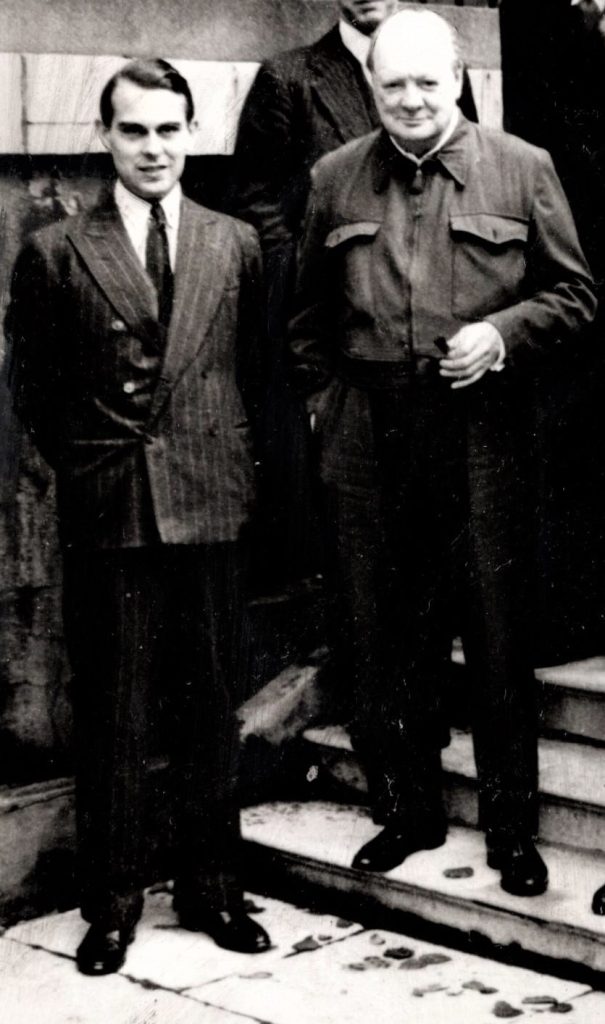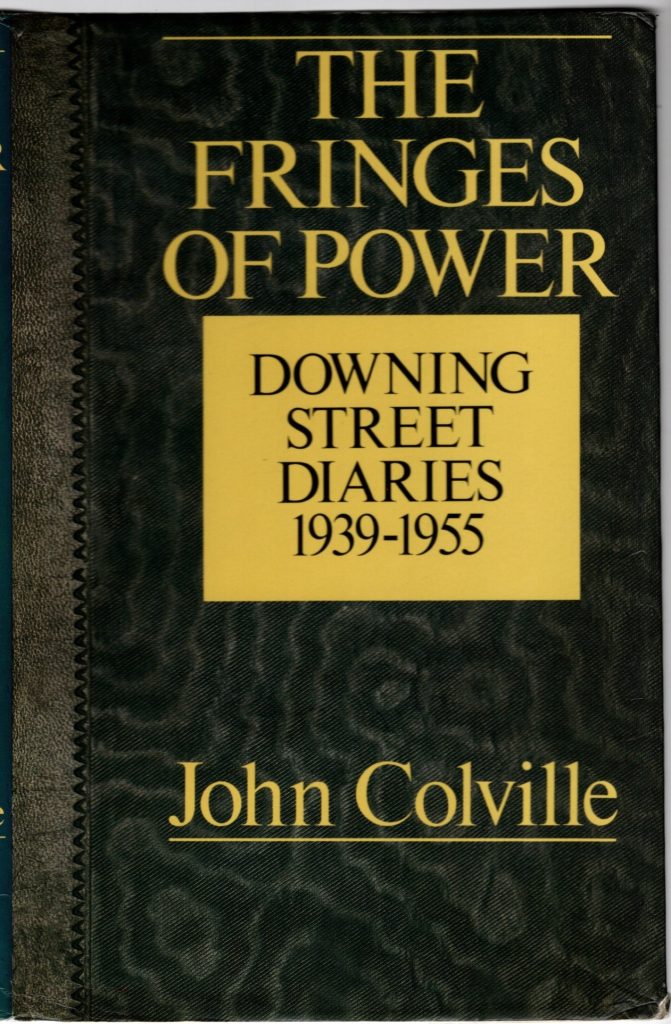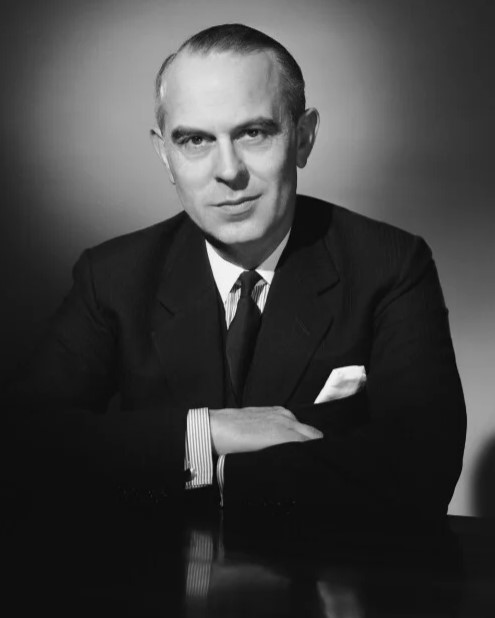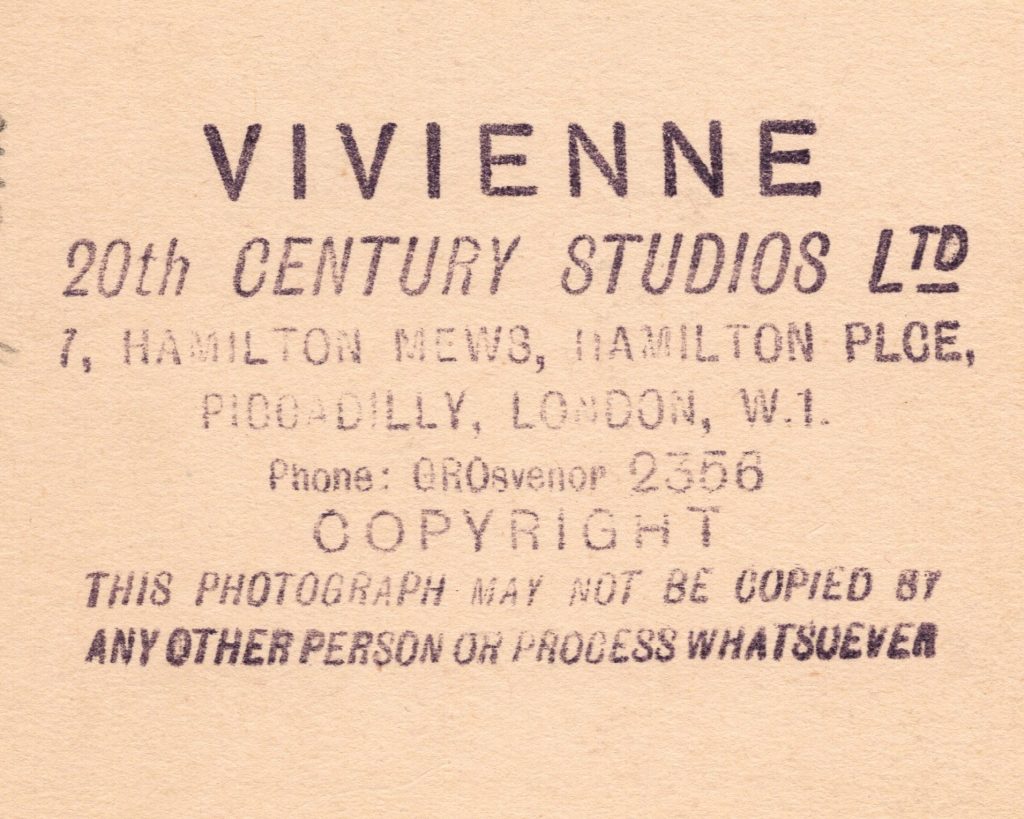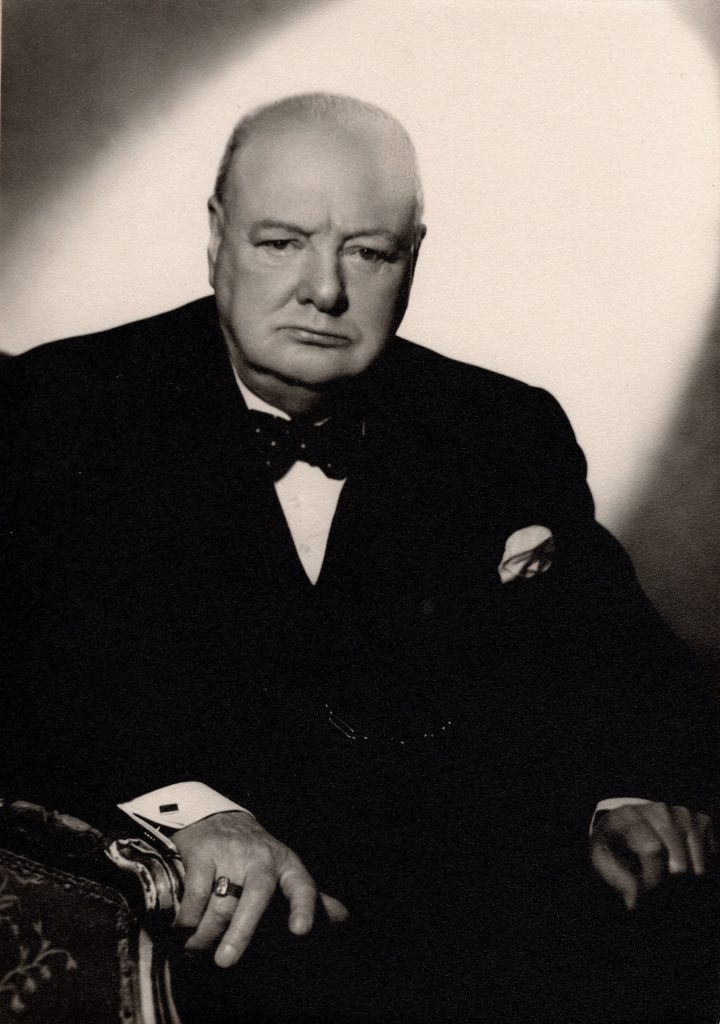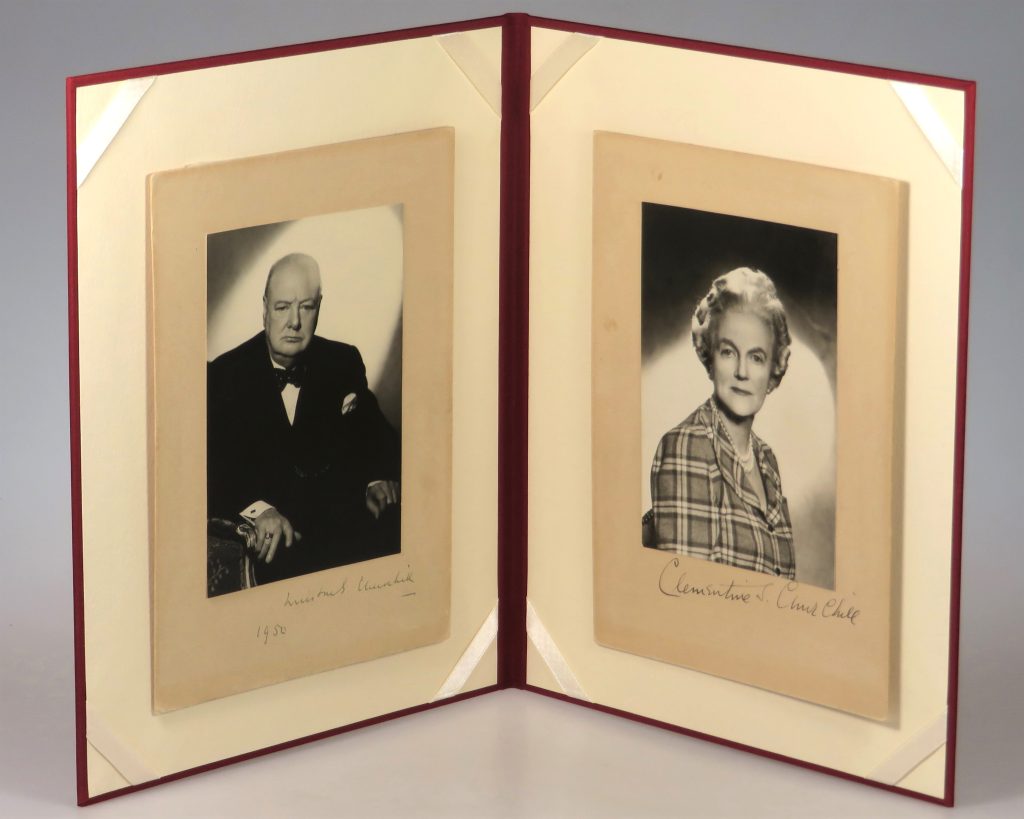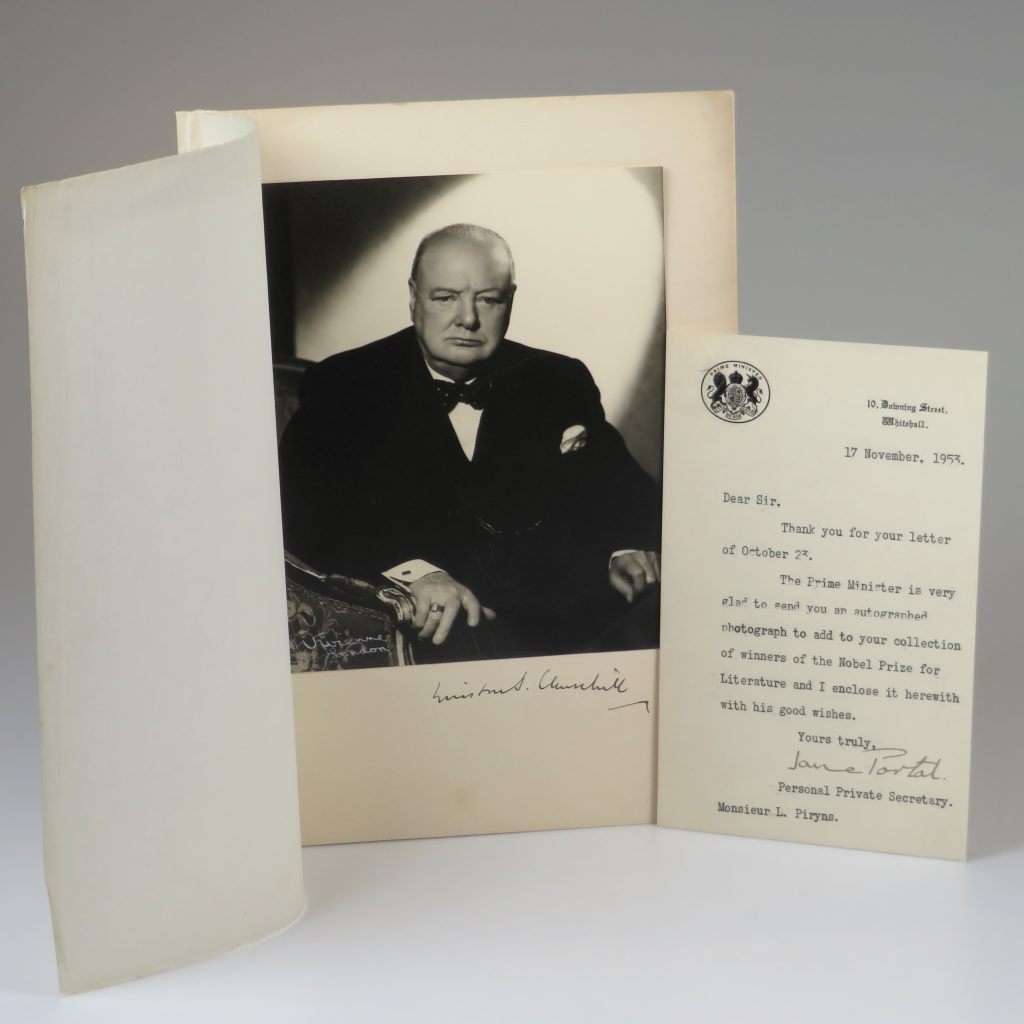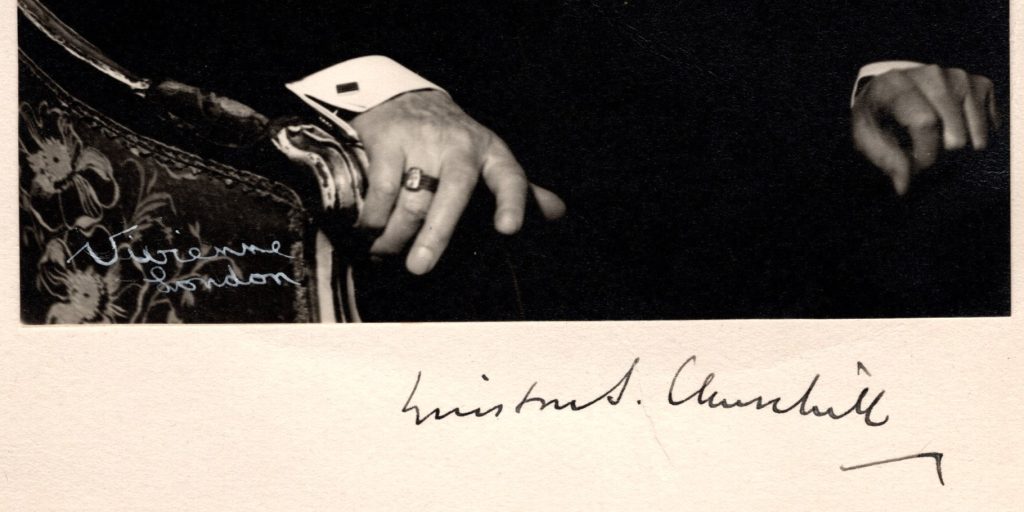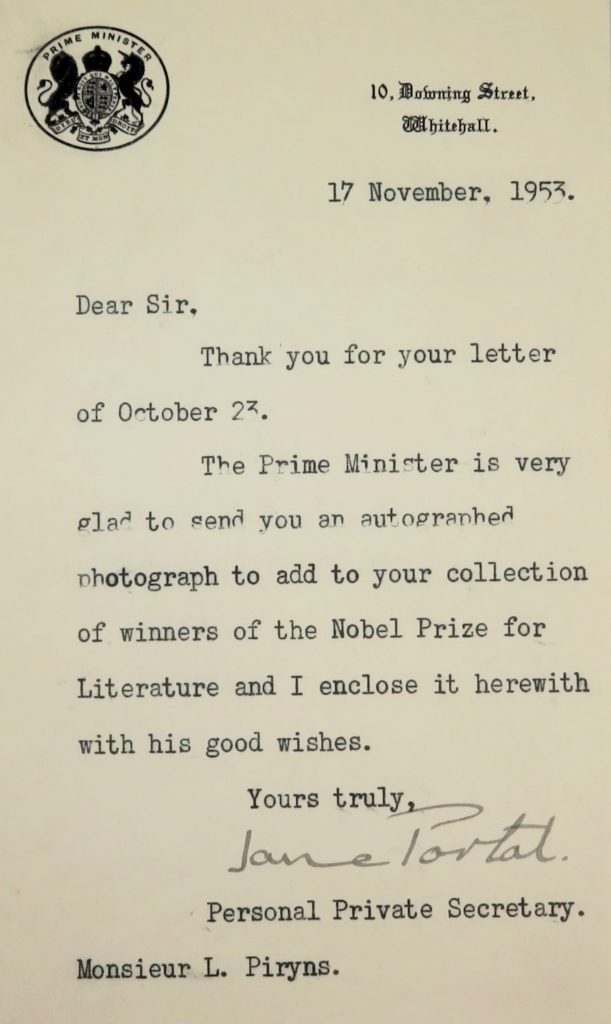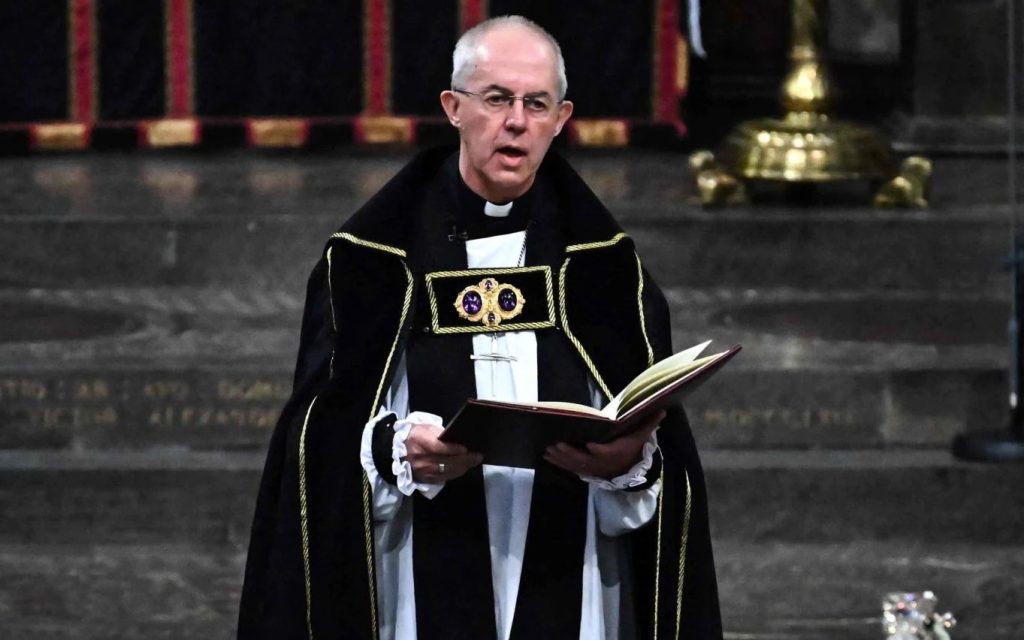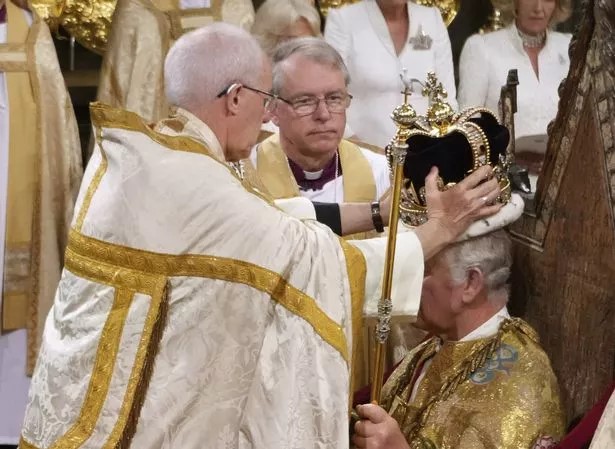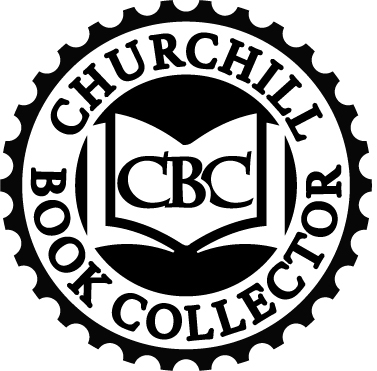“Today is your day!
Your mountain is waiting…”
I can see Dr. Seuss’s mountain from my front door.
OK, it’s what passes for a mountain here in coastal southern California, but still quite noticeable, peaking at 823 feet above sea level immediately adjacent to the Pacific Ocean with a commanding view of a marine reserve and conservation area. On top of La Jolla’s Mt. Soledad Theodor Geisel, better known as Dr. Seuss, lived and wrote and drew for more than 40 years. A five-minute drive, and I can walk the same streets he walked, see and experience the same views and physical perspective.
I read a lot of books packed full of nuanced polysyllables and grand ideas and festooned with literary accolades. And I enjoy them. But none sway me from my conviction that Dr. Seuss ranks among the most inventive and insightful literary minds of the 20th century. I’m going to write a lot more about Dr. Seuss in this post. I might even back up some of that bold assertion I just made. But first I should tell you what prompts me to write.
“Fill your house with stacks of books, in all the crannies and all the nooks.”
Recently, a gracious grandmother named Jill entrusted me with a collection of 21 Dr. Seuss titles. Each was inscribed identically for the same young mother, the same Jill, in 1963 at a bookshop one mile from Dr. Seuss’s home in La Jolla, California. And the story is too lovely not to share. With and within the books came a distillation of six decades of personal history, all centered around this beautiful little corner of the world that Dr. Seuss, Jill, a splendid bookshop, and I have called home.
First, the story. In 1959, Jill’s family moved from Los Angeles to Point Loma in San Diego. In July 1963, Jill had her first child – a boy, Jeff. For Jill’s birthday that November, her mom decided to give her a gift that she could share with her new baby. Jill’s mom was friends with Barbara Cole, proprietor of John Cole’s Books in La Jolla, and Barbara was friends with Dr. Seuss, who lived exactly one mile away from the shop. So, with Barbara’s help, Jill’s mom got Dr. Seuss to inscribe all 21 books we offer today to Jill in the fall of 1963. Jill read and reread these books to Jeff and his little sister, Lauren, born in 1966, throughout their childhood. In fact, the only writing in any of these books other than Dr. Seuss’s inscriptions are “LAUREN YOUNG” and “JEFF YOUNG” written in The Sneetches and Other Stories on the day they took this favorite to school to share with teachers and friends. Jill and her husband raised Jeff and Lauren in Point Loma, in the same house where, eventually, they read and reread these same Dr. Seuss books to their granddaughters, just as they had once read them to their children.
“My goodness how the time has flewn. How did it get so late so soon?”
Now, with both children and grandchildren grown, the books are offered to a new family for the first time since they were purchased for Jill by her mom and inscribed by Dr. Seuss in 1963. I’ll be honest. As a bookseller, I strongly considered the prudent course of selling the books individually. But I just couldn’t do it. So we offer these books together, as they have been for more than sixty years and three generations.
“I do not like green eggs and ham.”
What’s included? Dr. Seuss published 22 books for children between his first in 1937 and 1963’s Hop on Pop. Of these 22, only Green Eggs and Ham is missing from this collection. The books in this collection are:
Hop on Pop (1963, first edition)
Dr. Seuss’s Sleep Book (1962, first edition in DJ)
The Sneetches and Other Stories (1961, first edition in DJ)
One Fish Two Fish Red Fish Blue Fish (1960, DJ)
Happy Birthday to You (1959, DJ)
Yertle the Turtle (1958, first edition in DJ)
The Cat in the Hat Comes Back (1958, DJ)
The Cat in the Hat (1957, DJ)
How the Grinch Stole Christmas (1957, first edition).
If I Ran the Circus (1956)
On Beyond Zebra! (1955, DJ)
Horton Hears a Who! (1954)
Scrambled Eggs Super! (1953)
If I Ran the Zoo (1950, DJ)
Batholomew and the Oobleck (1949, DJ)
Thidwick the Big Hearted Moose (1948, DJ)
McElligot’s Pool (1947, DJ)
Horton Hatches the Egg (1940, DJ)
The King’s Stilts (1939, DJ)
The 500 Hats of Bartholmew Cubbins (1938, DJ)
And to Think That I Saw It on Mulberry Street (1937, DJ)
This collection of oft-read, long and well-loved, mixed editions is certainly no fastidious, condition-obsessed bibliophile’s dream. BUT, each and every one of the books is inscribed on the lower left corner of the front free endpaper verso in four lines “for | JiLL | with Best Wishes | Dr. Seuss” with a characteristic Dr. Seuss squiggle between the valediction and signature. And affixed to each lower left rear pastedown is (or was, just a few having been peeled by kid fingers) the illustrated bookseller’s ticket of “John Cole’s | Book & Craft Shop | 7871 Ivanhoe Avenue | La Jolla California”.
Which means that now I just have to talk about Dr. Seuss’s journey to La Jolla and about John and Barbara Cole and their marvelous bookstore.
First, Dr. Seuss’s journey to La Jolla and preeminence.
Eleven years before Jill’s family moved to the area, and just two years after John Cole’s Book & Craft Shop opened, in 1948 Dr. Seuss moved with his wife to La Jolla, which, like the Coles, he would call home for the rest of his life. In his study atop La Jolla’s Mount Soledad, Dr. Seuss wrote the majority of the books in this collection, which he signed in the Coles’ book shop just one mile from his house. La Jolla’s vistas, flora, and fauna often inspired and transmogrified into the fantastical constituent elements of his stories.
Theodor Seuss Geisel had begun in promisingly conventional fashion, matriculating at Dartmouth and then Oxford. But it was as an Oxonian that he became bored with “the astonishing irrelevance of graduate work” and “punctuated his lecture notebooks with drawings of fantastic beasts.” He abandoned academia to become an illustrator. As he professionally became “Dr. Seuss”, Geisel landed a lucrative contract with Standard Oil to draw advertisings for their insecticide, Flit. This and successive work for Standard Oil led to an invitation to illustrate Boners, “a sampler of British schoolboy hilarity” (not nearly as inappropriate for the future children’s book author as the title might suggest). The success of the book, “largely because of his artwork”, led Geisel to conclude that he could write as well as illustrate a book for children, which he did. “Because the thinking of the time dictated that children’s stories should be morally uplifting and educational, twenty-seven publishers rejected his first manuscript because its illustrations were too bizarre and its message too amoral.
“Adults are obsolete children, and the hell with them.”
Luckily an old Dartmouth pal who had just become children’s editor for Vanguard Press loved the manuscript and in 1937 published it as And to Think That I Saw It on Mulberry Street.” Geisel followed up with two more efforts for children before also publishing a humorous tale intended for adults – The Seven Lady Godivas – which flopped. The flop proved a boon. Geisel concluded that “Adults are obsolete children, and the hell with them.” He devoted himself to children’s books, and to becoming the Dr. Seuss the world knows. In 1940, the same year he came out with Horton Hatches the Egg, Geisel ended his association with Standard Oil.
But there was one further interruption on the path. During the Second World War, as a U.S. Army Signal Corps captain, Geisel was sent to Hollywood where he worked with legendary director Frank Capra producing training movies and newsreels for the military. Geisel also worked with Warner Brothers animator Chuck Jones, to create the cartoon character “Private Snafu”, who taught troops “everything from discipline to taking antimalarial pills.” Seuss even produced “an indoctrination film for the troops who would occupy Germany after the war.” The screening of this film in Europe led to his getting trapped for several days behind enemy lines during the Battle of the Bulge. All of this wartime film work led Geisel to be awarded the Legion of Merit “for exceptionally meritorious service in planning and producing films.”
Two years after he was discharged, in 1948 Geisel and his wife moved to La Jolla, California. He would live there for more than four decades until his death in 1991. Home was fixed. But his career path was not yet quite so clear. Naturally, after the war Geisel continued his work writing movie scripts for Warner Bros. and RKO even as he returned to writing children’s books. Film work brought him success, including Oscars.
“Hollywood is not suited for me, and I am not suited for it.”
It was The Cat in the Hat that saved Dr. Seuss for his true vocation. “The Cat in the Hat was born in the mid-1950s amidst a national debate over growing illiteracy among children. More than one critic demanded a new type of school primer, one that was fun to read and creatively illustrated… William Spaulding, director of Houghton Mifflin’s educational book division, challenged Geisel to come up with a primer… and gave him a first-grade vocabulary list of 225 words, none of which were adjectives. Geisel struggled with the list for over a year, trying to find enough words to rhyme in order to write any sort of story.” In the end, of course, he did. The astounding, indeed revolutionary, success of The Cat in the Hat “launched Beginner Books, a division of Random House with Geisel as its president”.
“I’m glad we had the times together just to laugh and sing a song, seems like we just got started and then before you know it, the times we had together were gone.”
By the time Dr. Seuss died in La Jolla, he had long since become “the most popular and influential children’s author of his day”. Dr. Seuss produced fifty-five books, “all inspired by a sense of imagination and playfulness” which “changed dramatically the way in which youngsters learn to read”. Many of his papers are now located just a few miles from his La Jolla home, in the archives of the University of California, San Diego, within the Geisel Library. UCSD’s Dr. Seuss Collection contains original drawings, sketches, proofs, notebooks, manuscript drafts, books, audio- and videotapes, photographs, and memorabilia, more than 20,000 items documenting the full range of Dr. Seuss’s creative achievements.
I know that may have sounded like a conclusion, but we’re not done just yet. You need to hear about John Cole’s Book & Craft Shop
“Sometimes you will never know the value of something, until it becomes a memory.”
John Cole’s Book Shop was a family-run La Jolla institution for more than 60 years, and Barbara Cole “the grande dame of booksellers”.
John had worked in the book business in a Chicago department store. It was in Chicago that John met Barbara, a native of Evanston, Illinois. Barbara worked for a while at a Connecticut bookstore while her husband was overseas in the Army. After the war, they chose La Jolla, intrigued by its beauty and climate, and there they made a life and livelihood in books.
The bookshop opened by John and Barbara Cole in La Jolla, California in 1946 persisted until one year after Barbara’s death, in 2005. “The Coles originally called their store John Cole’s Book and Craft Shop. Mrs. Cole, who had intended to sit at the front window and weave to catch the eyes of passersby, soon discovered that her husband needed her for more pressing duties.” When John died of a heart attack in 1959, the shop that bore John’s name became solely Barbara’s.
When these Dr. Seuss books were inscribed in 1963, the bookshop was still located on 7871 Ivanhoe Avenue and had not yet shortened its name to omit “and Craft”. But Barbara had already met Ted Geisel, the “Dr. Seuss” of children’s books who had moved to La Jolla in 1948. The Coles and Dr. Seuss became friends. “A scrapbook she kept of the history of her store shows pictures of Geisel dating to 1950.”
The bookshop was more than just a bookshop, to both Barbara and her community. The shop featured “homey charm with old furniture and fixtures and folk art. She would host receptions and poetry readings and display sculptures on the front lawn.” Barbara “knew what clients liked” and would write personal notes to customers, some of whom remained loyal for generations and “would bring their grandchildren into the store.” These multi-generational ties to the store extended to the proprietor; Susan and Charles, Barbara’s daughter and son, worked in the store, as did Barbara’s grandchildren – both Susan’s daughter and Charles’s son.
In 1966, after two decades on Ivanhoe Avenue, the store moved to the Wisteria Cottage at 780 Prospect Street, where it remained for almost four decades. When the shop closed in 2005, the cottage it occupied was turned into a museum by the La Jolla Historical Society, and remains so today..
Almost done. Just give me three more paragraphs…
Remember that I asserted that Dr. Seuss ranks among the most inventive and insightful literary minds of the 20th century? I have five words on which I’m willing to stake this claim – The Cat in the Hat. Seriously. Try it. Ask someone for a first-grade vocabulary list of 225 words, none of which are adjectives. Now use the list to make a book that becomes iconic and changes the way tens of millions of children learn to read. No, doesn’t just change the way kids learn to read, but increases their desire to do so.
Yeah.
Maybe you’ve heard of Ernest Hemingway’s famous six-word short story. It’s evocative, impactful, and impressive. But millions of kids have not worn copies of it to bits, reaching for it on the shelf over and over again. I understand why. I did something a little crazy with this amazing Dr. Seuss collection. I read all twenty-one of them. Not as the kid I was the first time I saw them, but as one of those “obsolete children” – a notional grown-up with well over half a century under my feet. What I felt was the various weights and encumbrances of those decades leaven and lighten. I appreciate Hemingway. I really do. But Dr. Seuss is a genius.
I have soft spot for subversive “children’s authors”. Sure, there’s the Golden Rule and a tree that gives and a spider named Charlotte. Lots of ways for kids to learn words and norms and values. But then there is Dr. Seuss, who spent his adult life connecting vitally and speaking uniquely, directly to all the best stuff that makes us kids. Not to tame or change that kid-ness, but to help it grow, tall and sure and just a little weird and wild. It takes something truly special to teach kids to learn, grow, have fun, and be decent, while at the same time being deliciously subversive. To also inspire all those young future citizens to be curious, to question authority, to see the world not just as it is, but as it might be. To allow all the color and chaos of life to be as sweet and silly as it is scary.
Cheers for the sagaciously and sensibly nonsensical Doctor!
Sources: American National Biography; University of California, San Diego Archives; San Diego Union Tribune obituary, 20 July 2004, by Staff Writer Jack Williams

